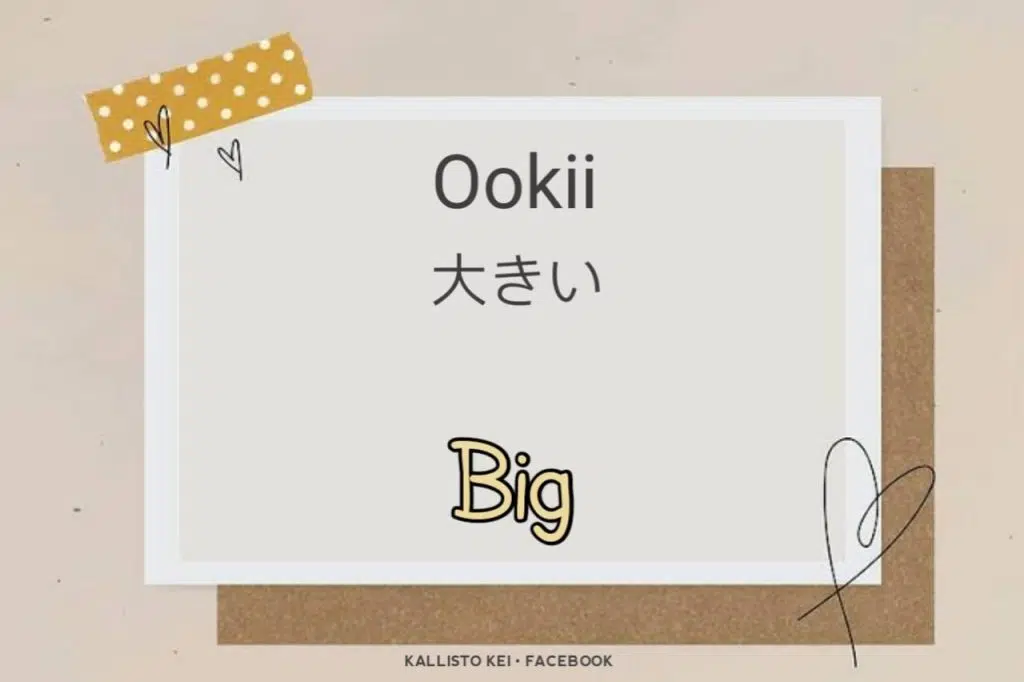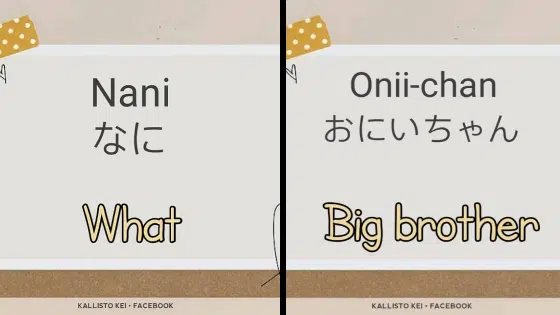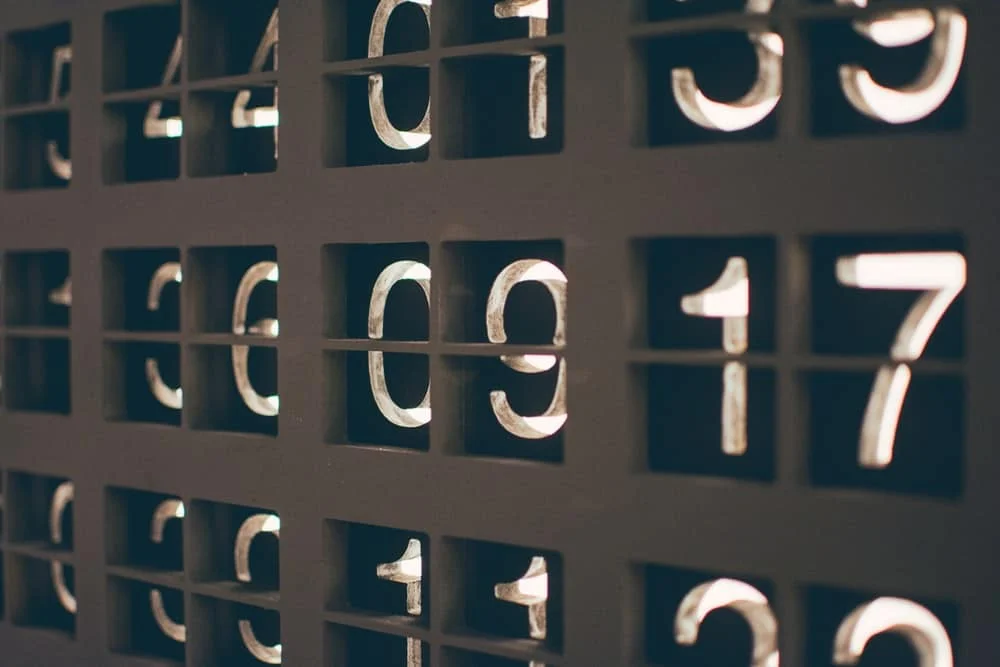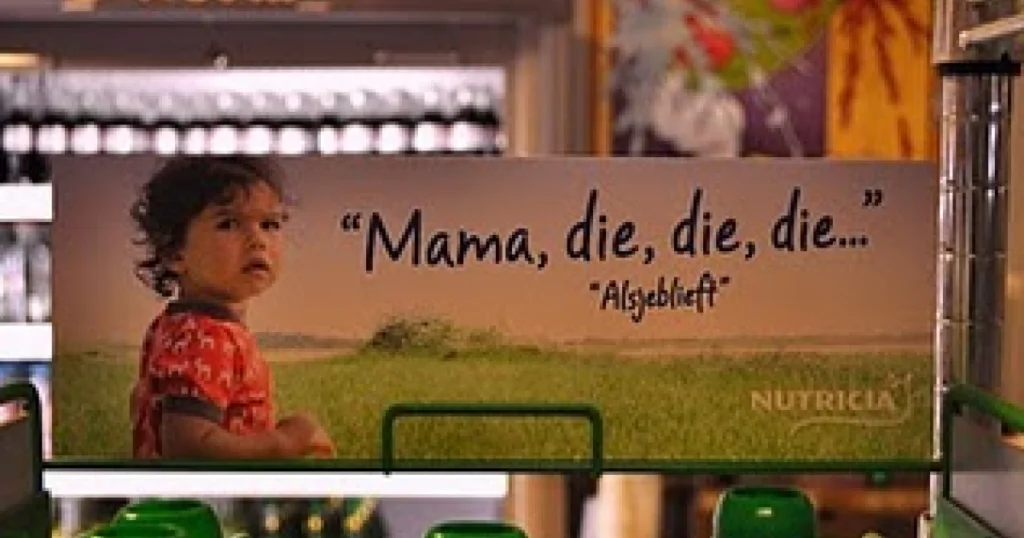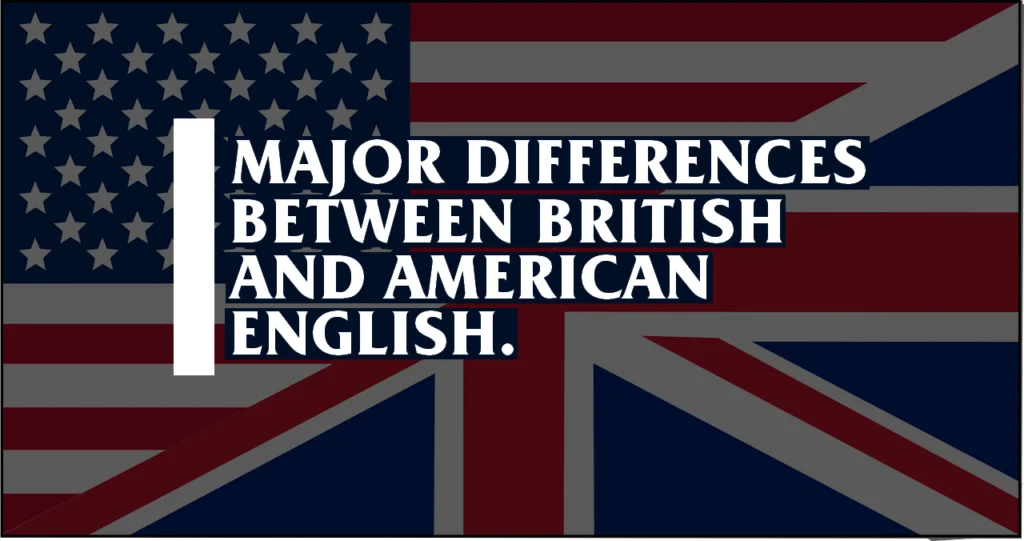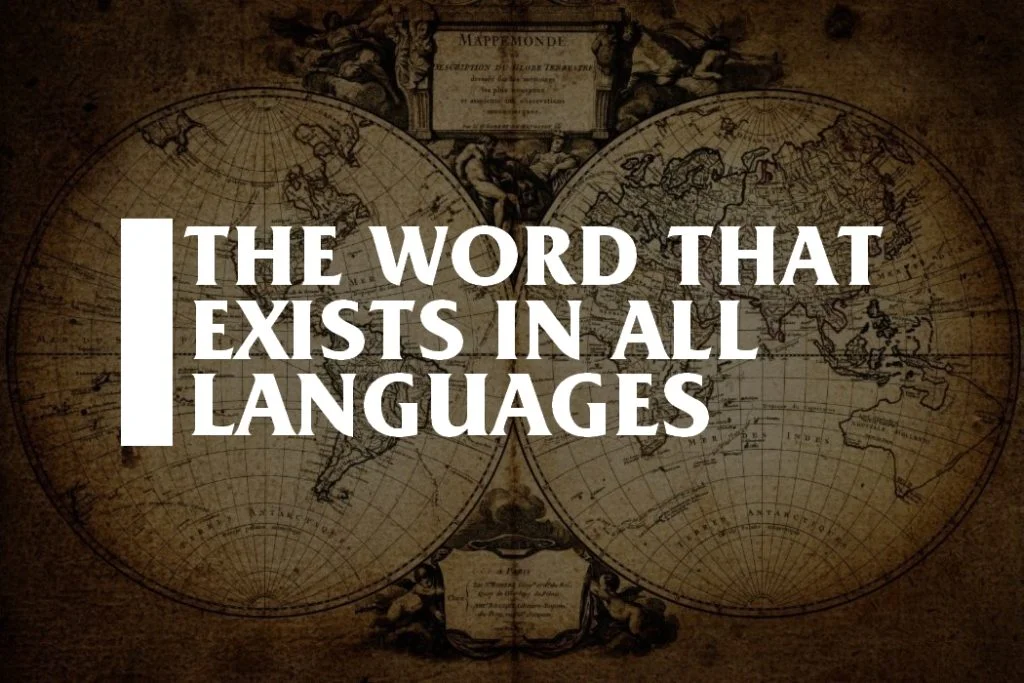The Japanese language and culture have captivated people around the world for decades. One of Japan’s most influential cultural exports is anime—a creative powerhouse that has introduced millions to the country’s unique art, storytelling, and even language. Whether you’re a die-hard fan or someone who’s only caught a few episodes here and there, chances are you’ve come across at least one popular Japanese word through anime. These words often pop up in iconic scenes, catchy theme songs, or memorable catchphrases, and many fans end up using them in everyday conversation without even realizing it. Below, we’ve gathered some of the most widely recognized and frequently used Japanese words in anime—some you might already know, and others you’ll want to remember if you’re looking to impress your Japanese friends or simply feel more connected to your favorite shows.
1.
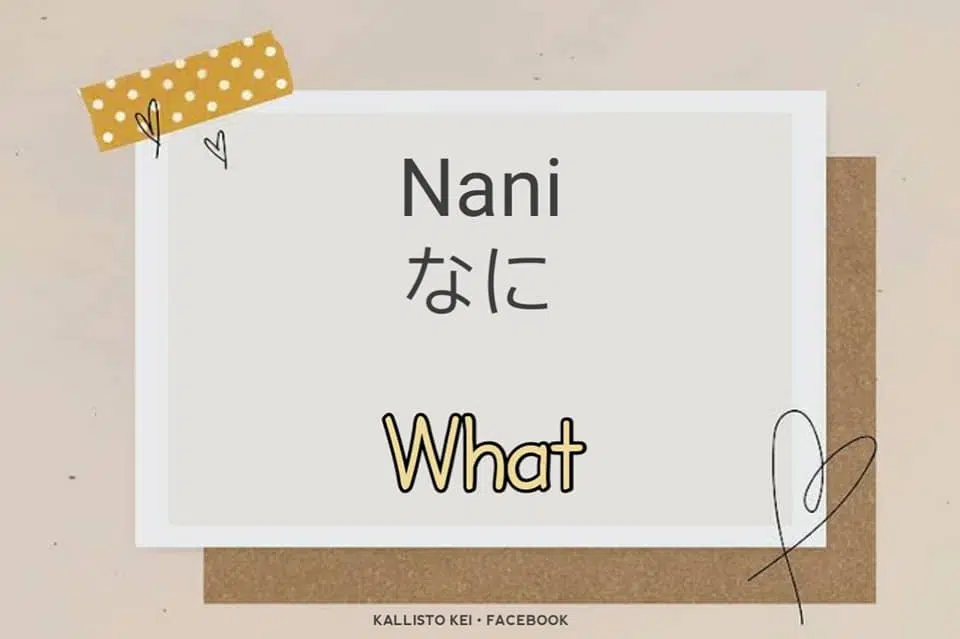
2.
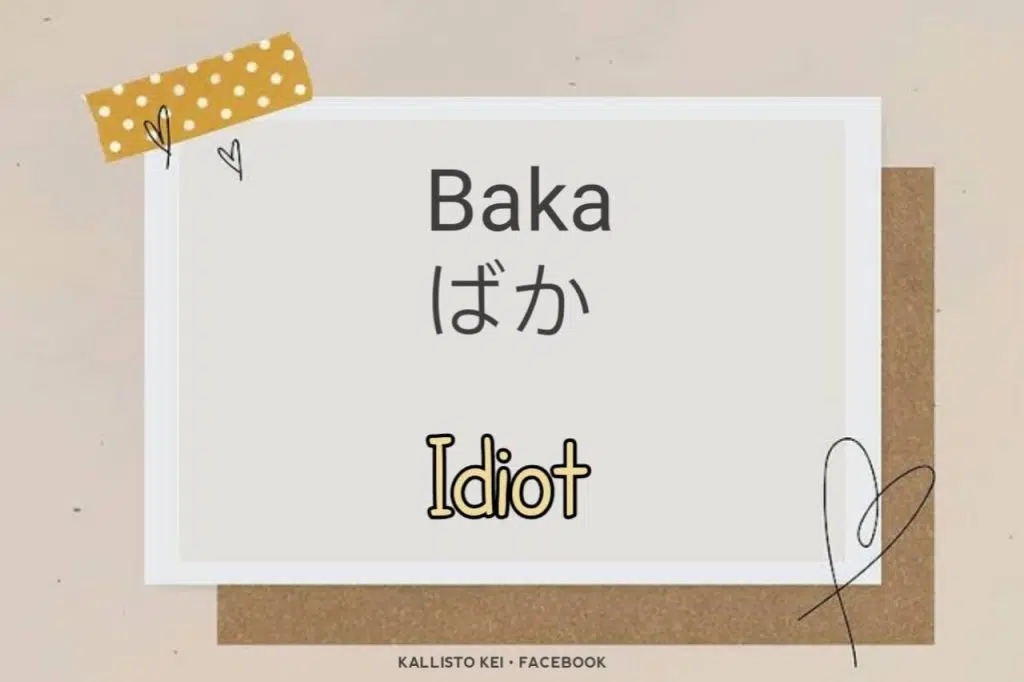
3.
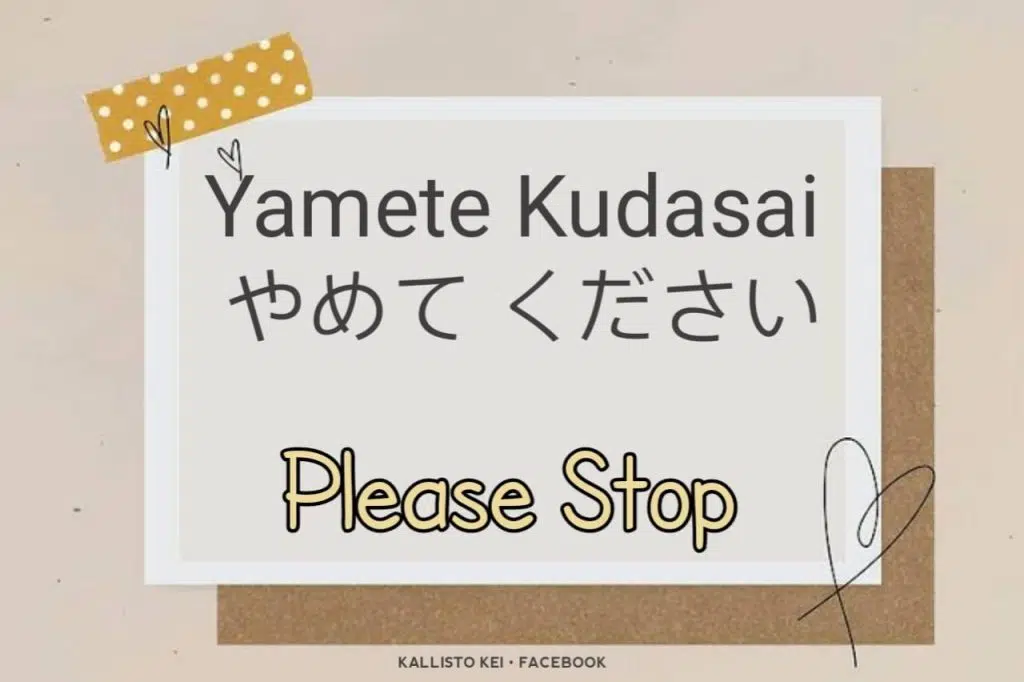
4.
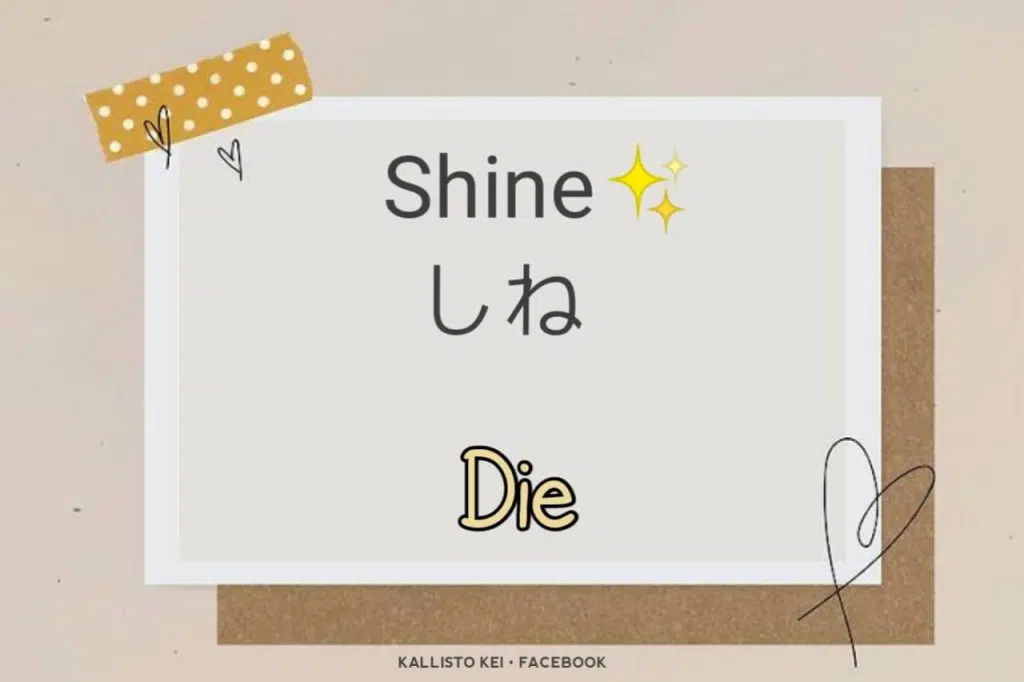
5.
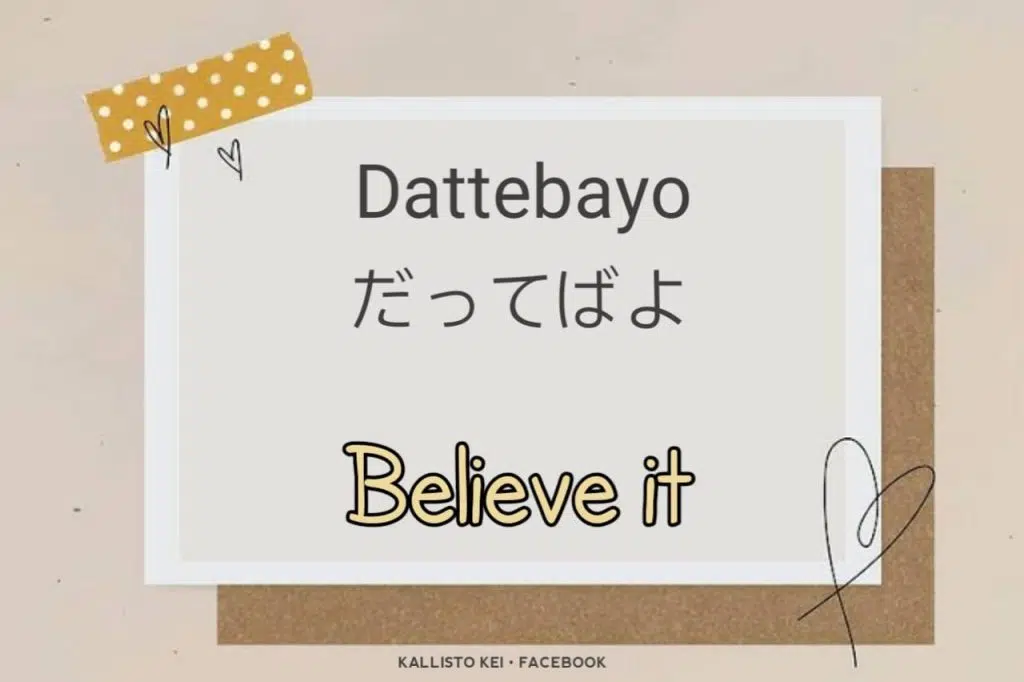
6.
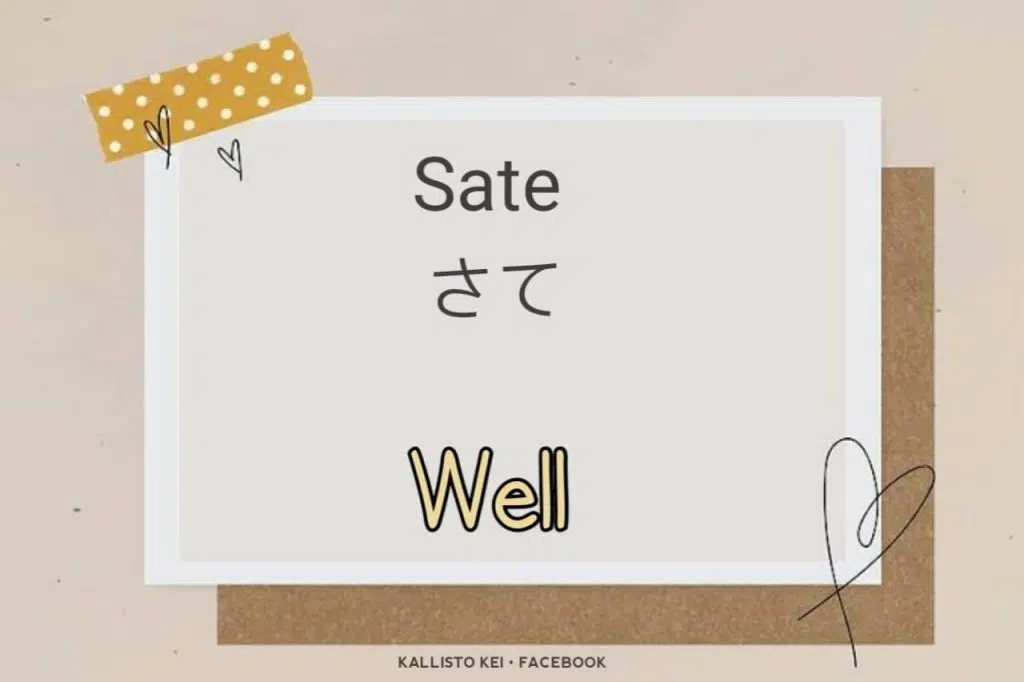
7.
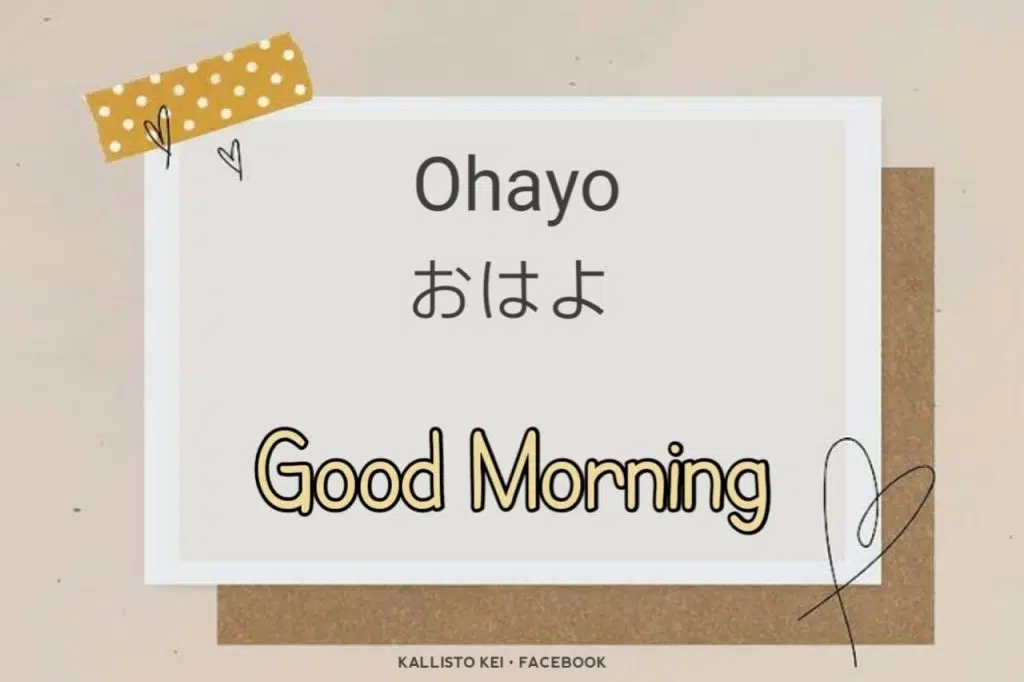
8.
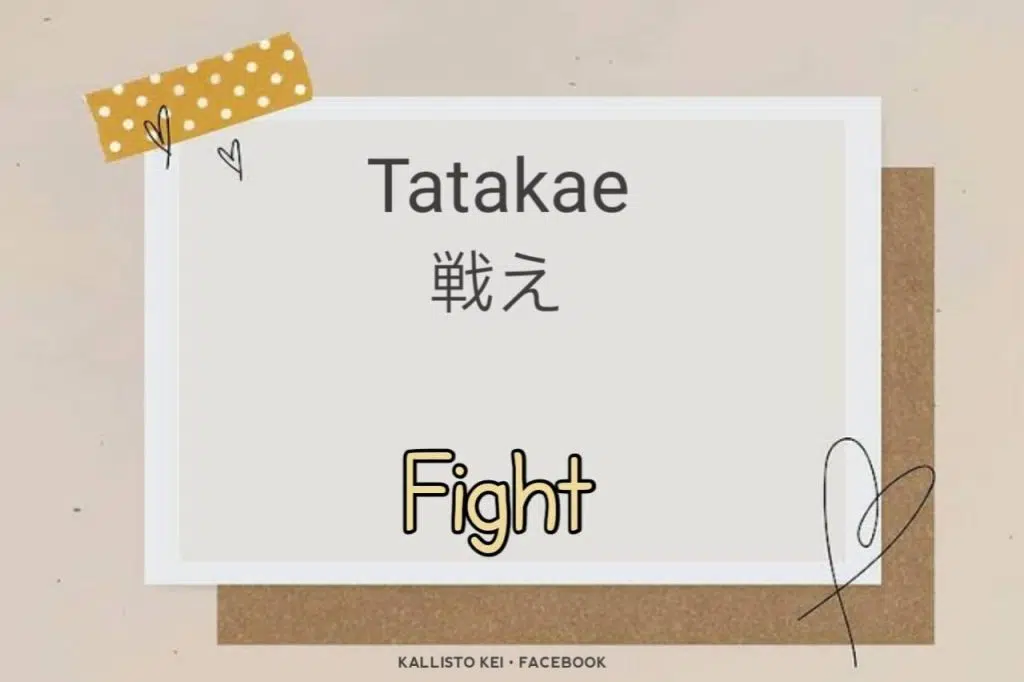
What’s interesting is that many popular Japanese words from anime have found their way into everyday conversations among fans worldwide. Words like senpai, kawaii, and baka are now widely recognized, even by people who don’t speak Japanese. These terms carry more than just meaning—they carry context, emotion, and a cultural vibe that anime helps bring to life. When a character dramatically yells “yamete!” or sweetly says “arigatou,” it sticks. That emotional connection is what helps these words spread beyond the screen and into global pop culture. Anime doesn’t just entertain—it teaches, subtly and memorably.
9.
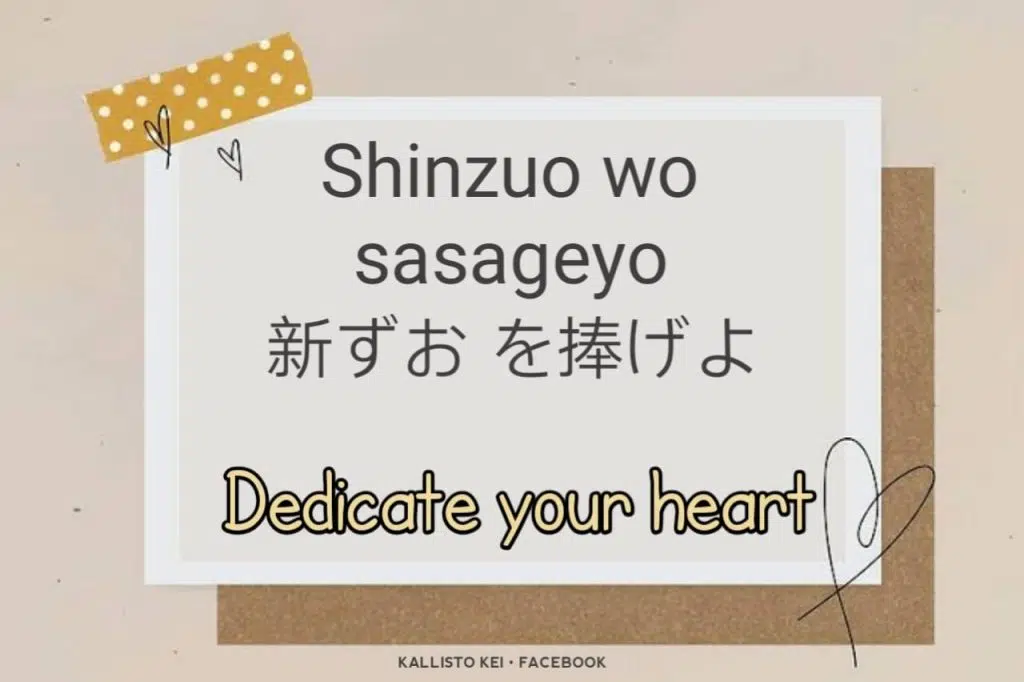
10.
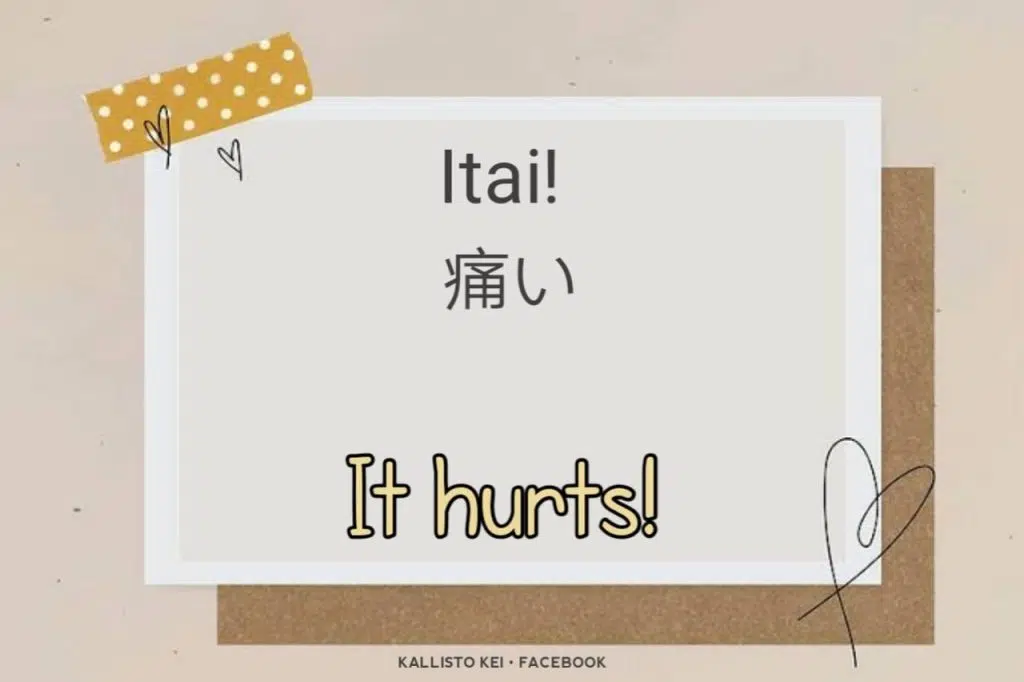
11.

12.

Each popular Japanese word in anime often carries a cultural weight that goes far beyond its literal translation. Take senpai, for instance—it doesn’t just mean “upperclassman” or “senior.” It reflects Japan’s deeply rooted respect for hierarchy and social roles. Or kawaii, which is more than just “cute”—it’s a whole aesthetic and attitude embraced across Japanese culture. Anime gives these words a voice, a feeling, and a personality through the characters who use them. That’s why fans don’t just learn these words—they feel them. And the more you watch, the more these little pieces of language start to click, giving you a deeper appreciation of both the language and the culture it represents.
13.
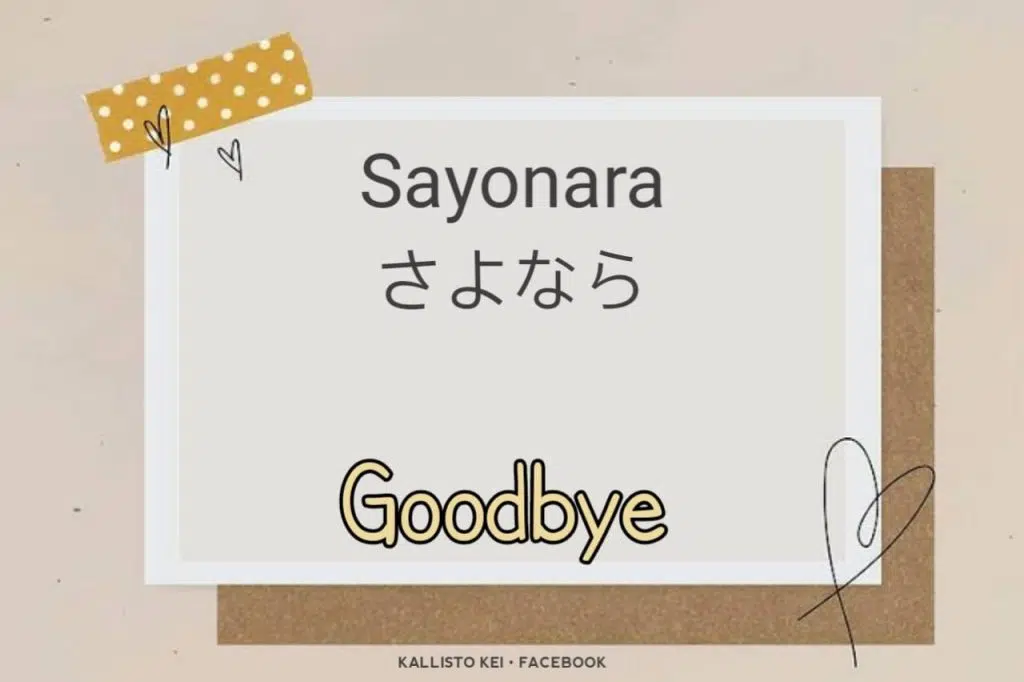
14.
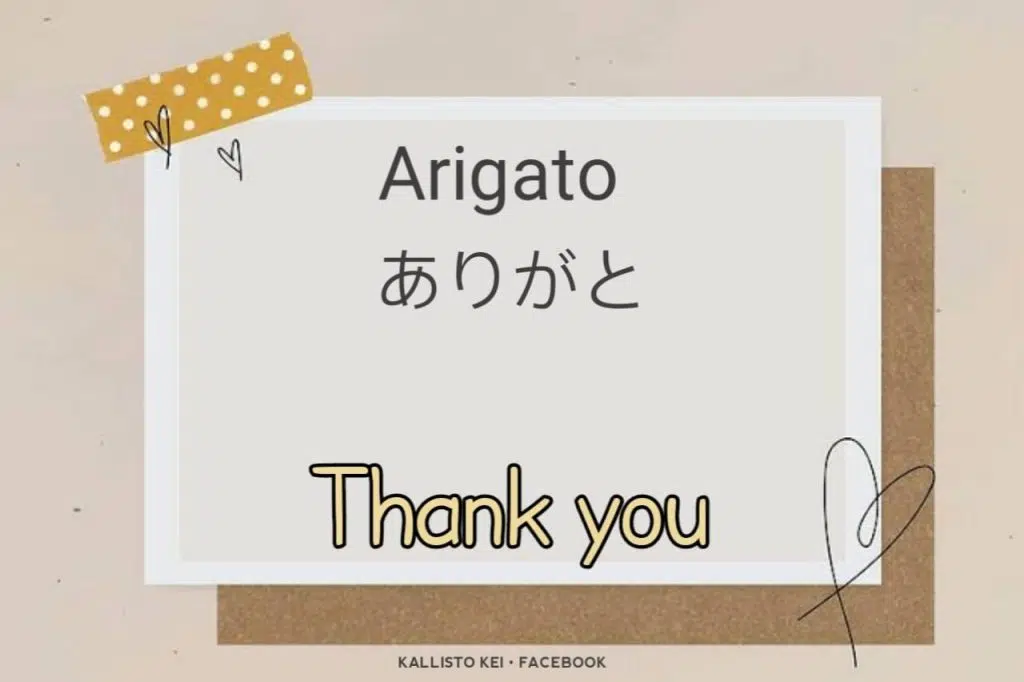
15.

16.
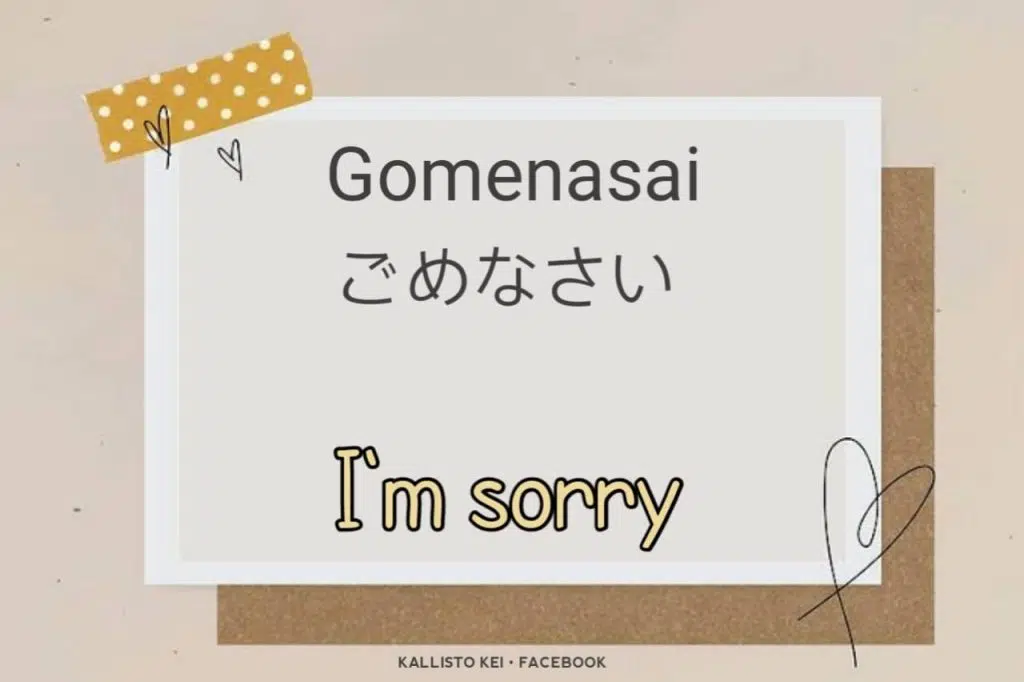
17.
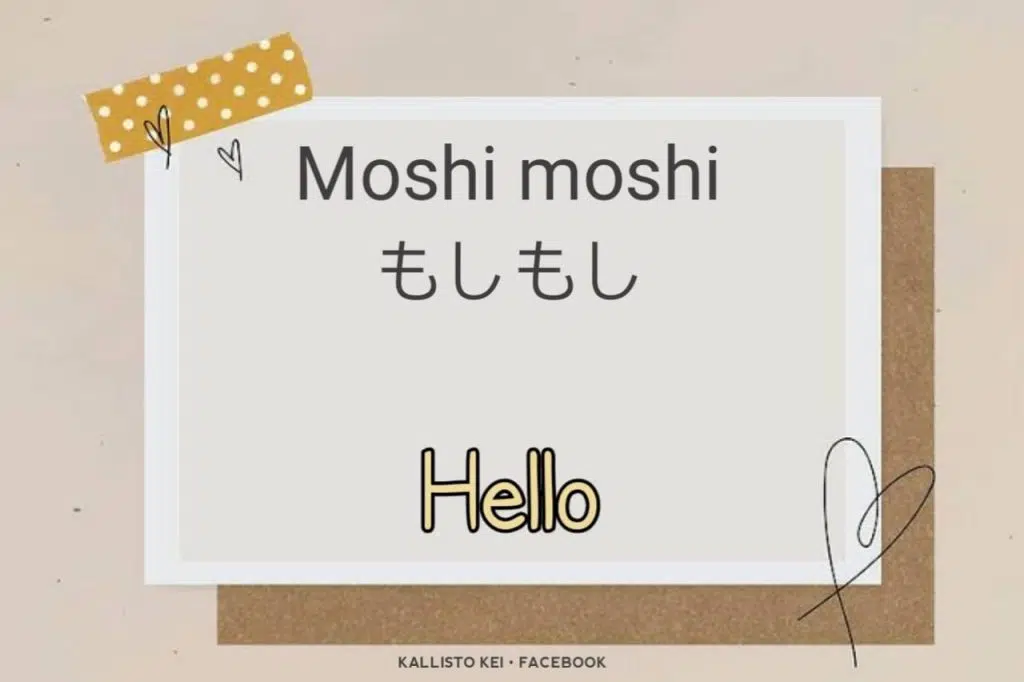
18.
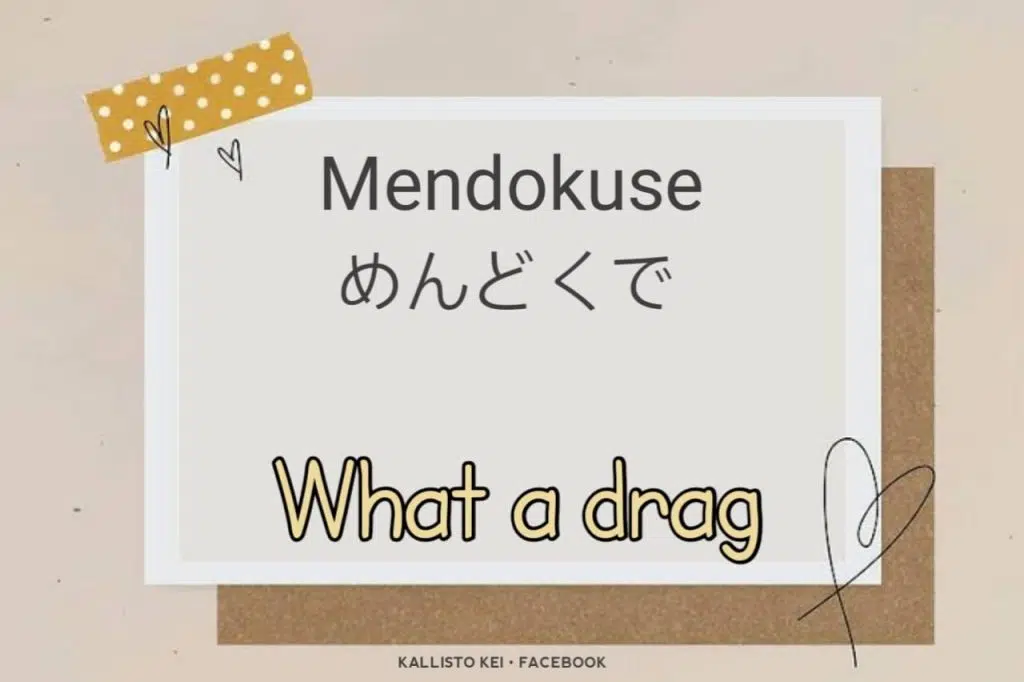
19.
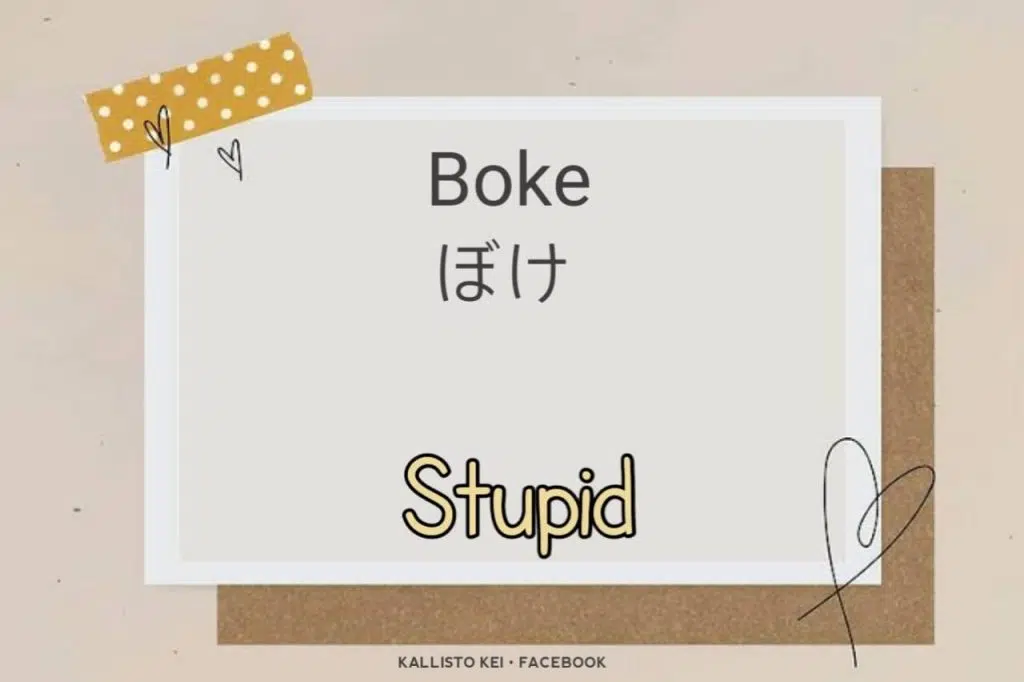
20.
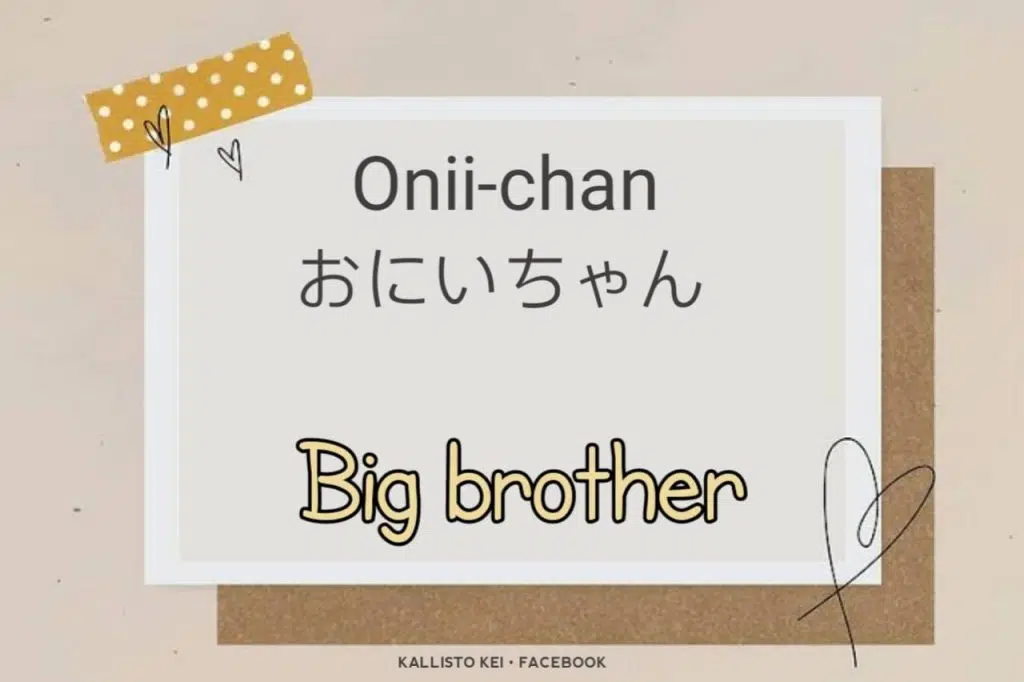
21.
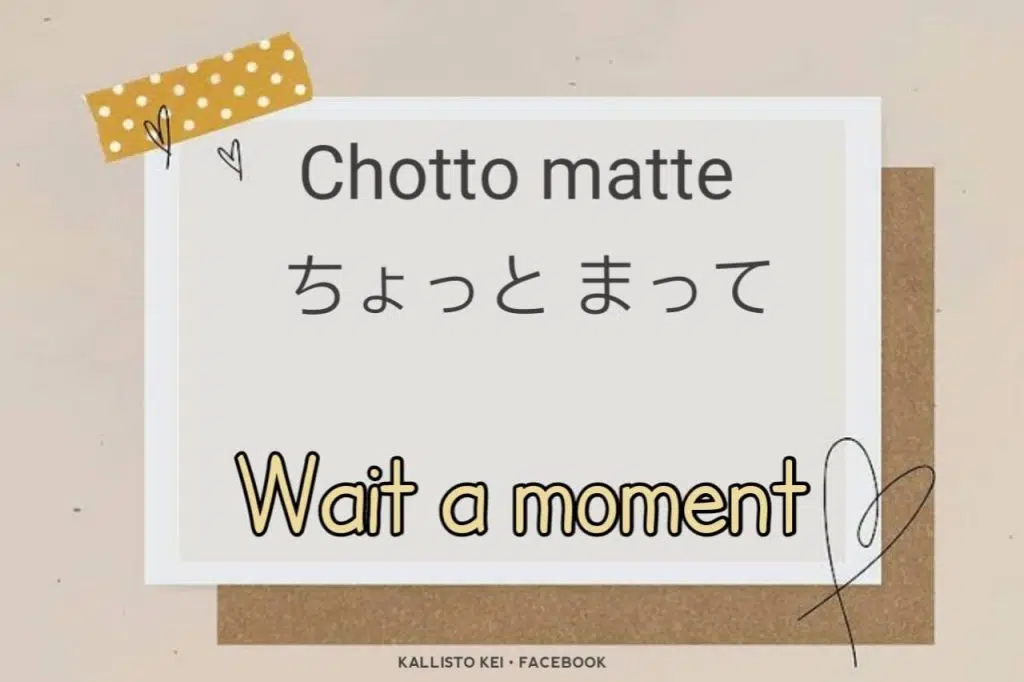
22.
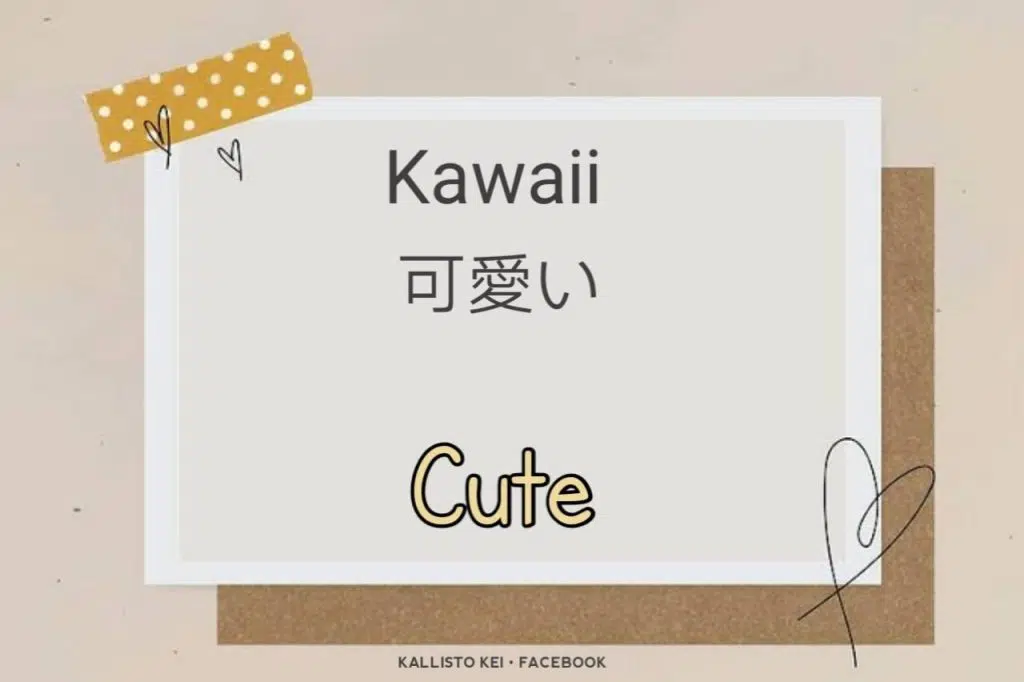
23.
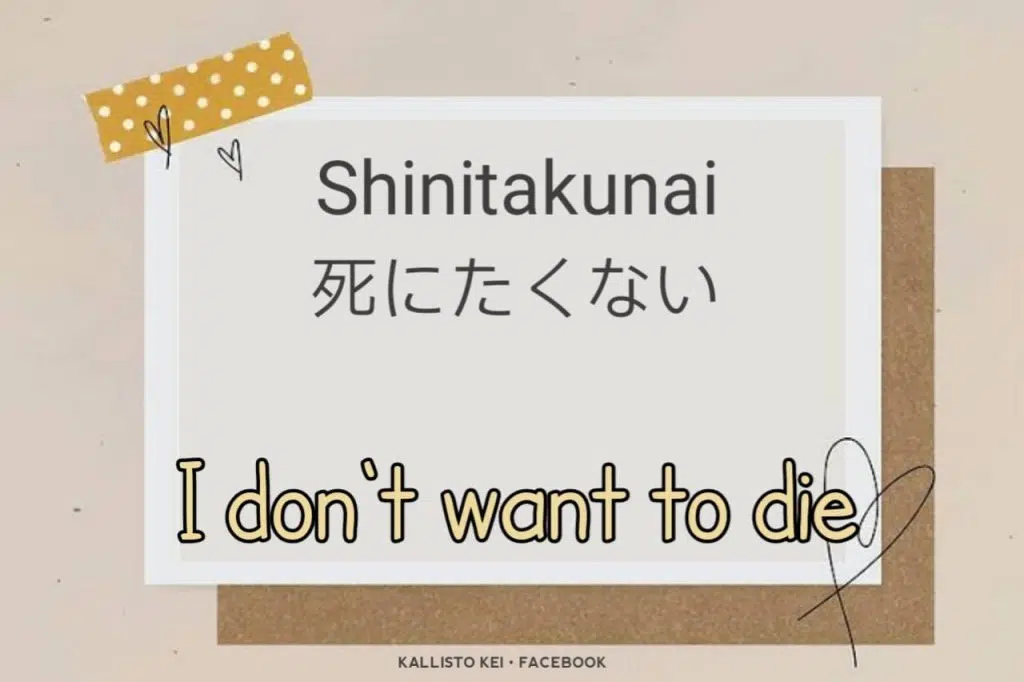
24.
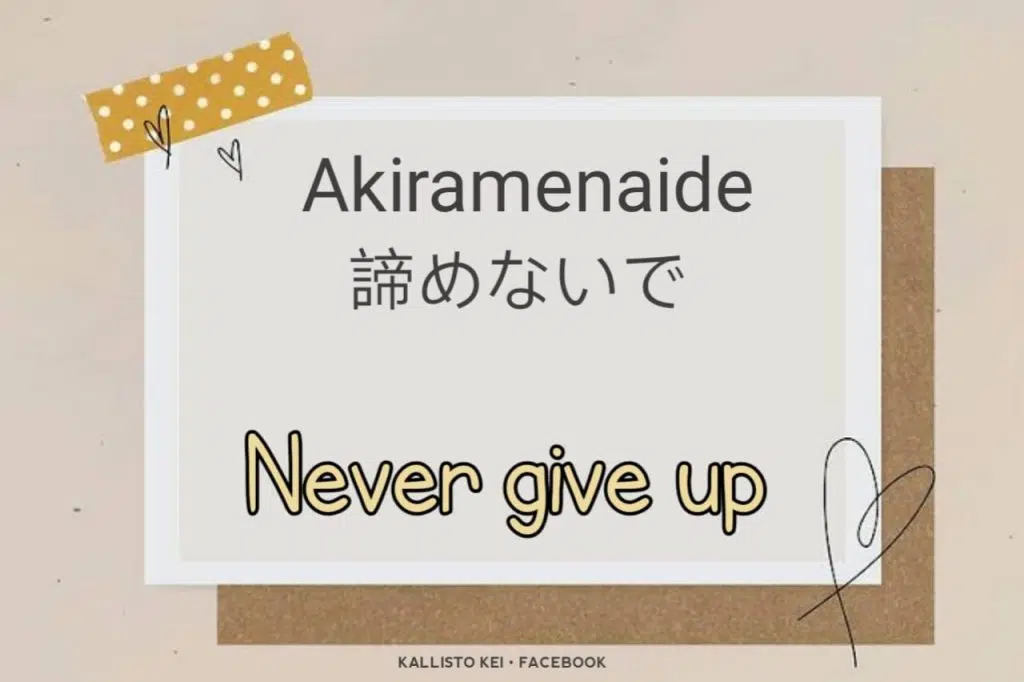
25.
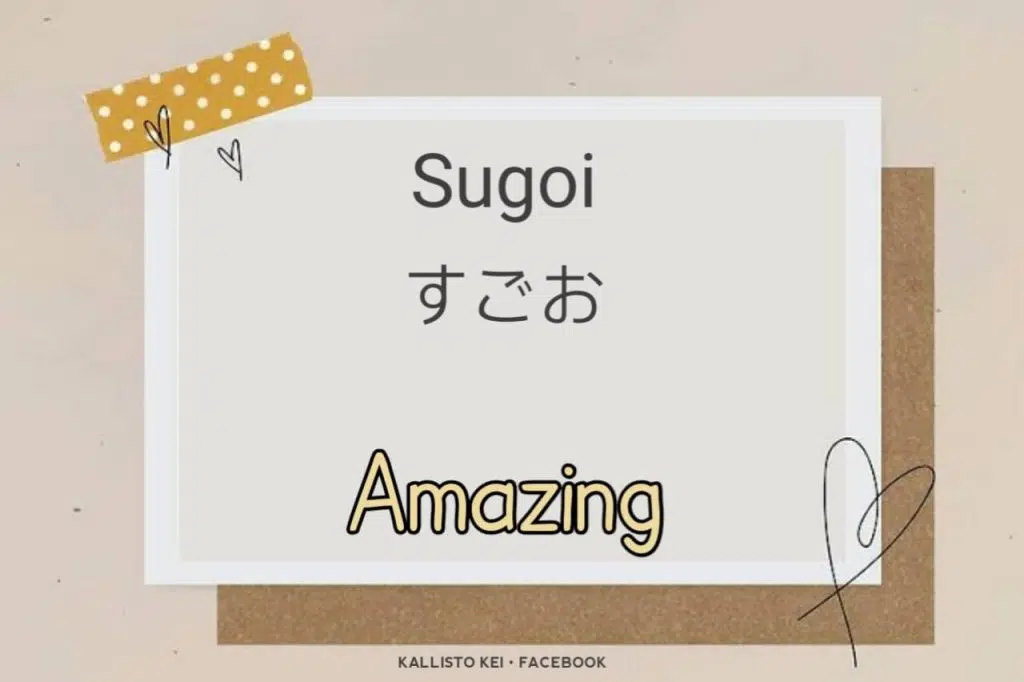
26.
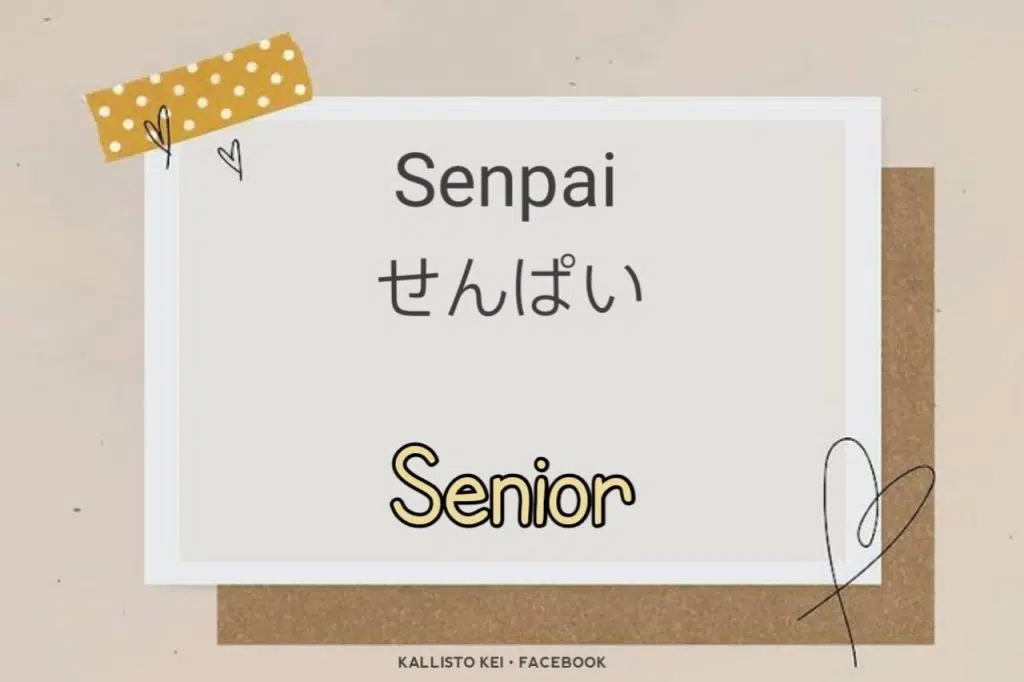
27.
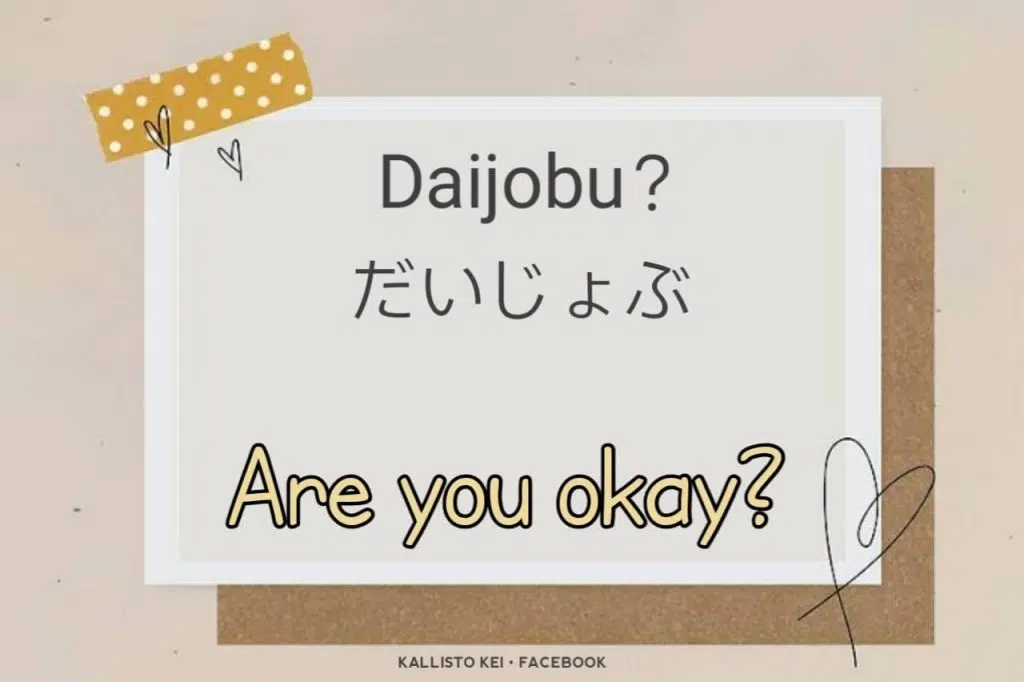
28.

29.
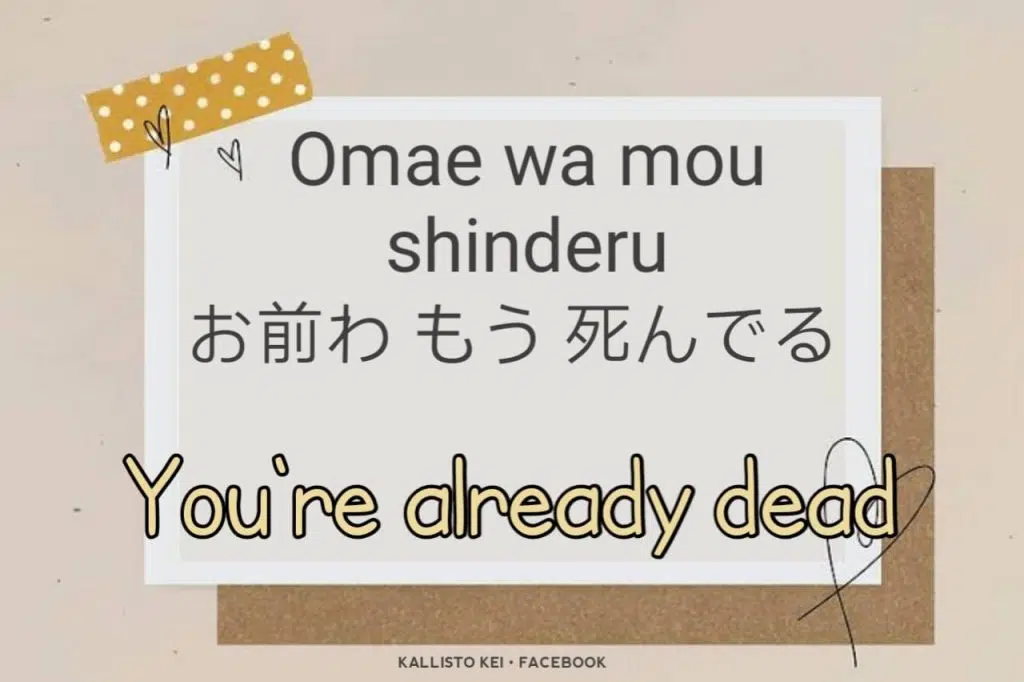
30.
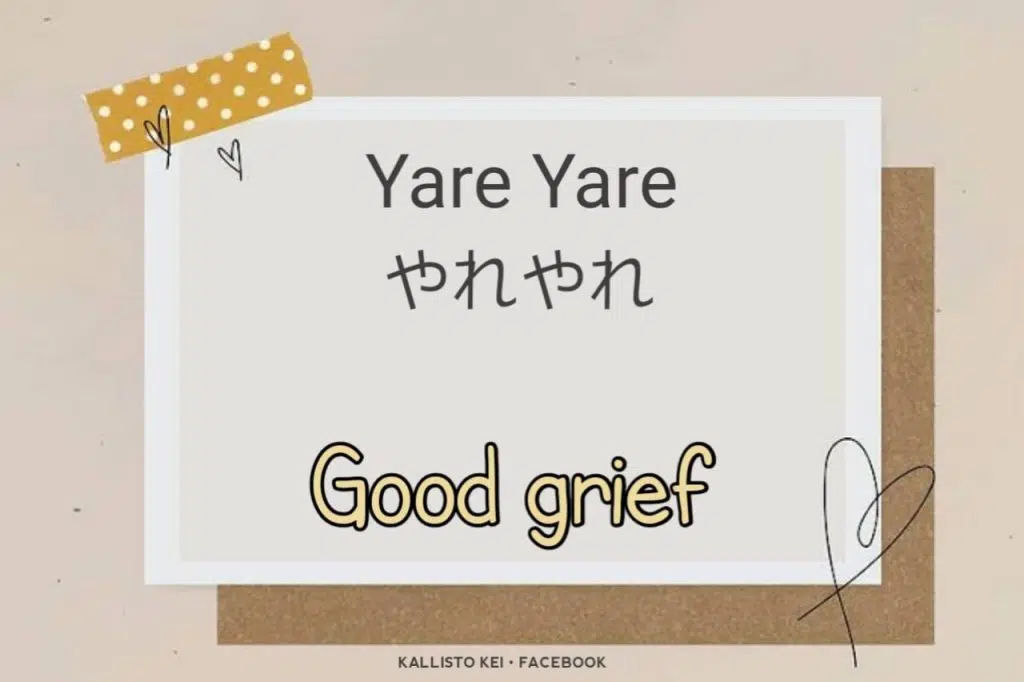
31.
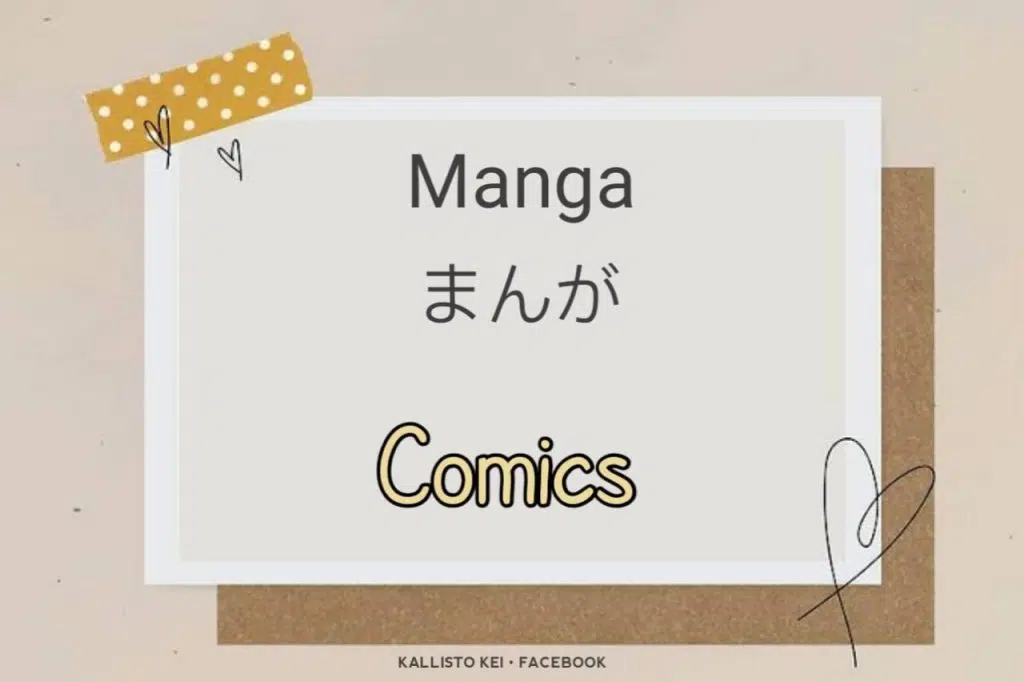
32.
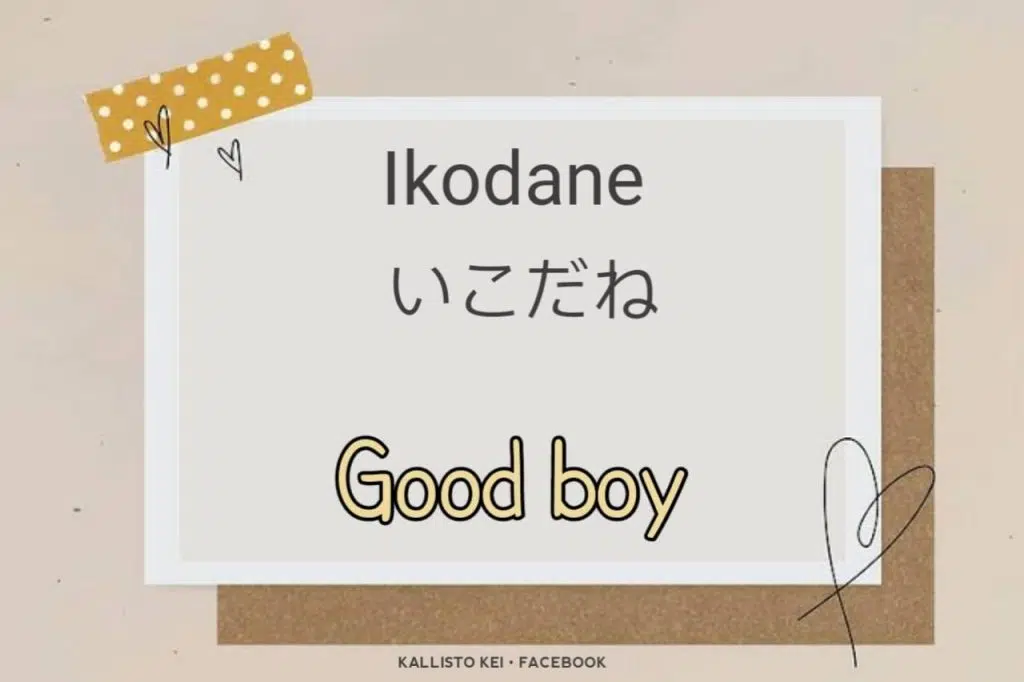
33.
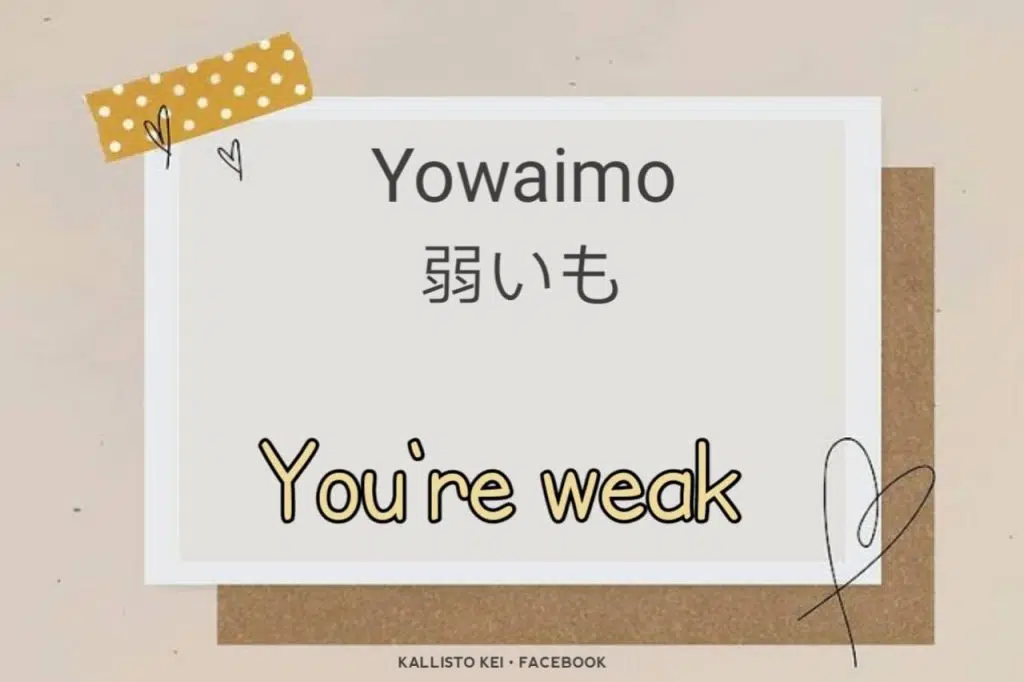
34.
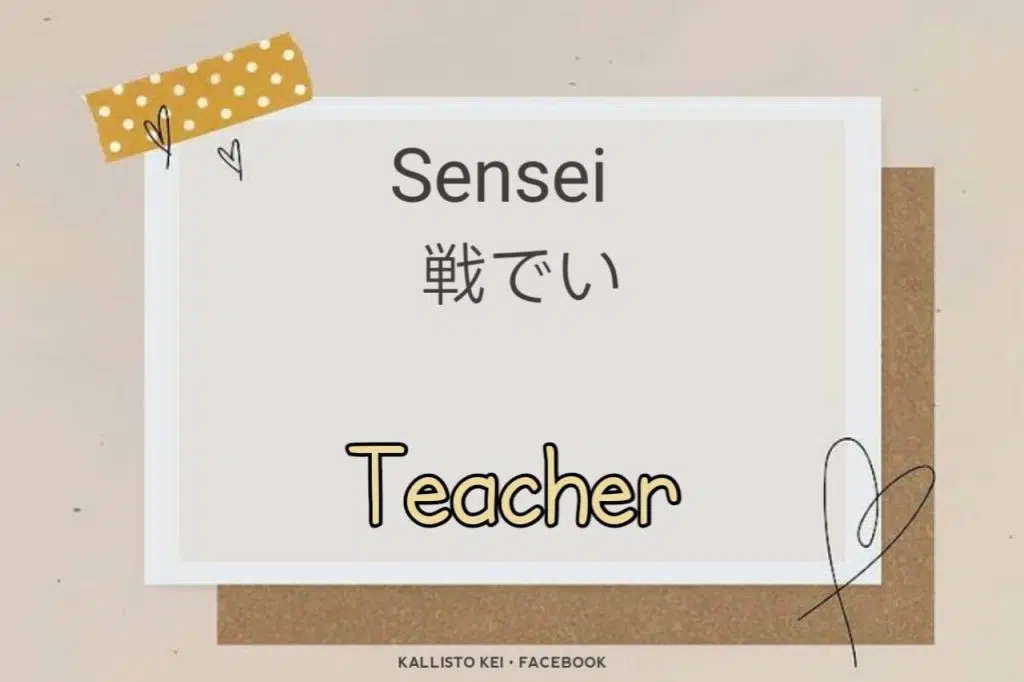
35.

36.
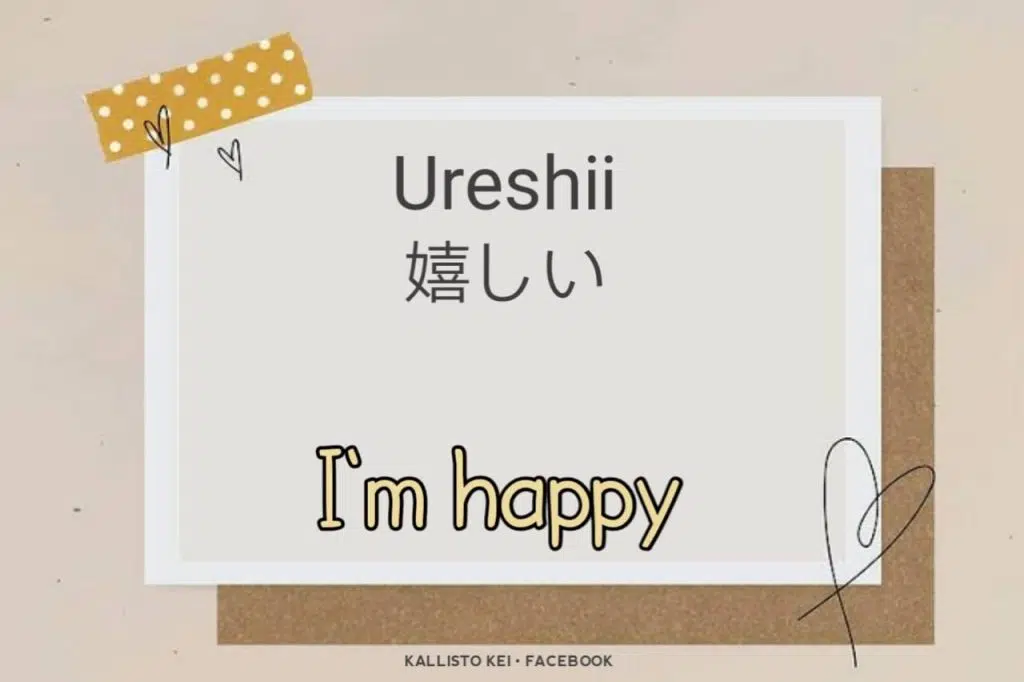
37.
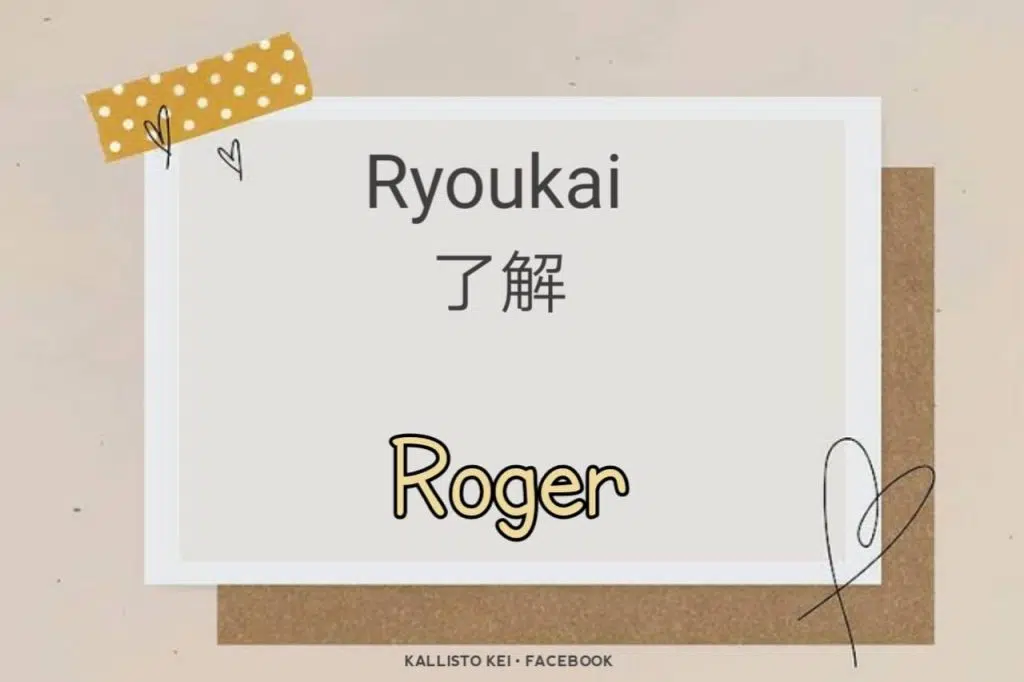
38.
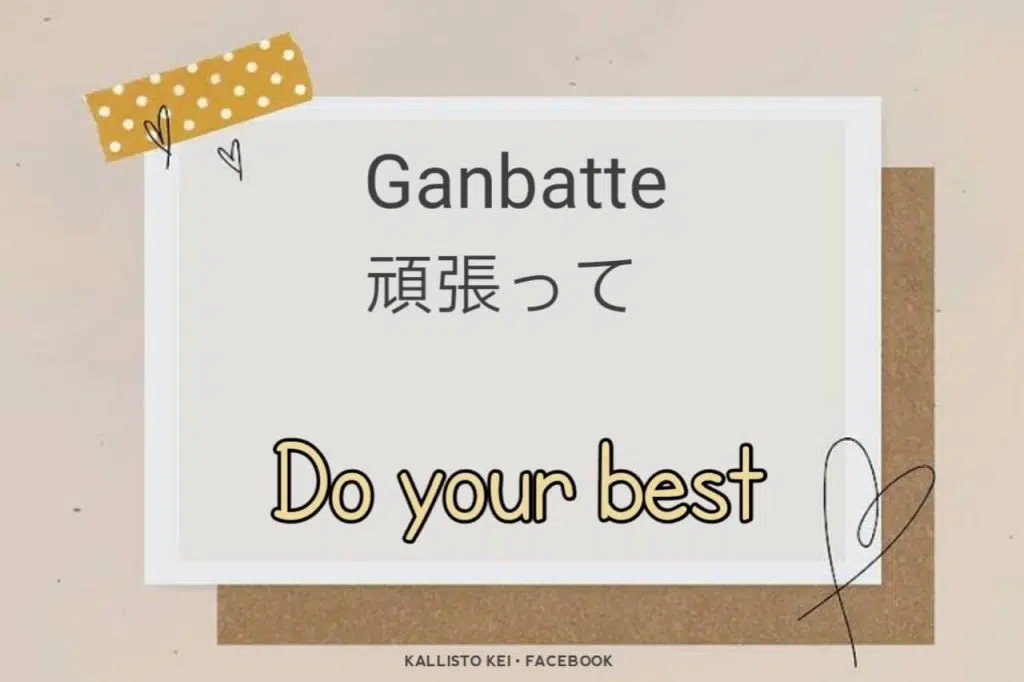
39.
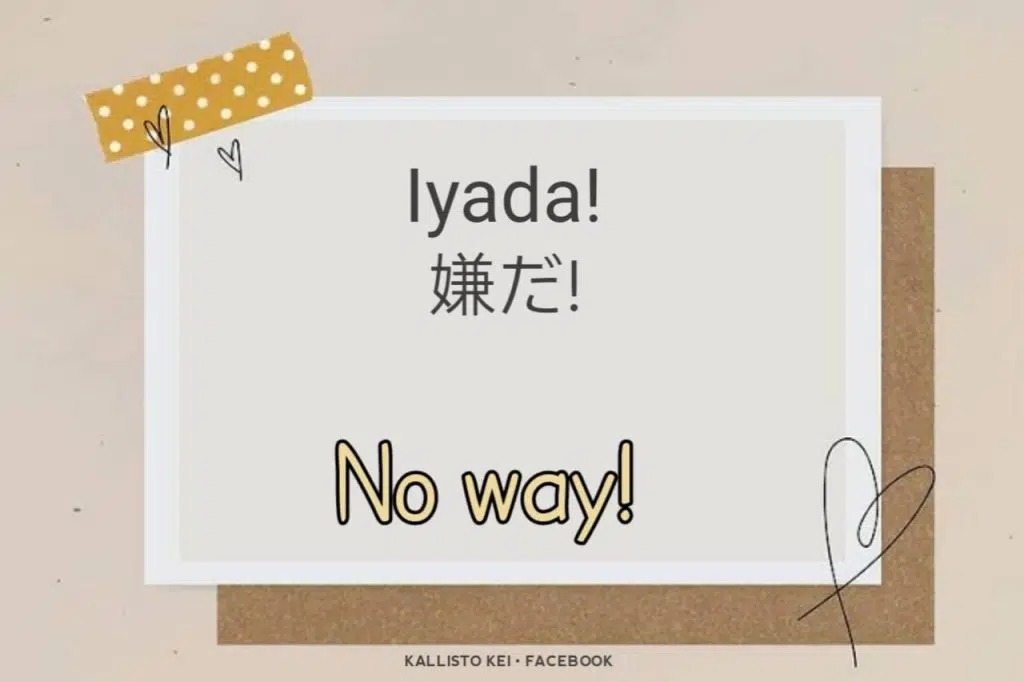
40.
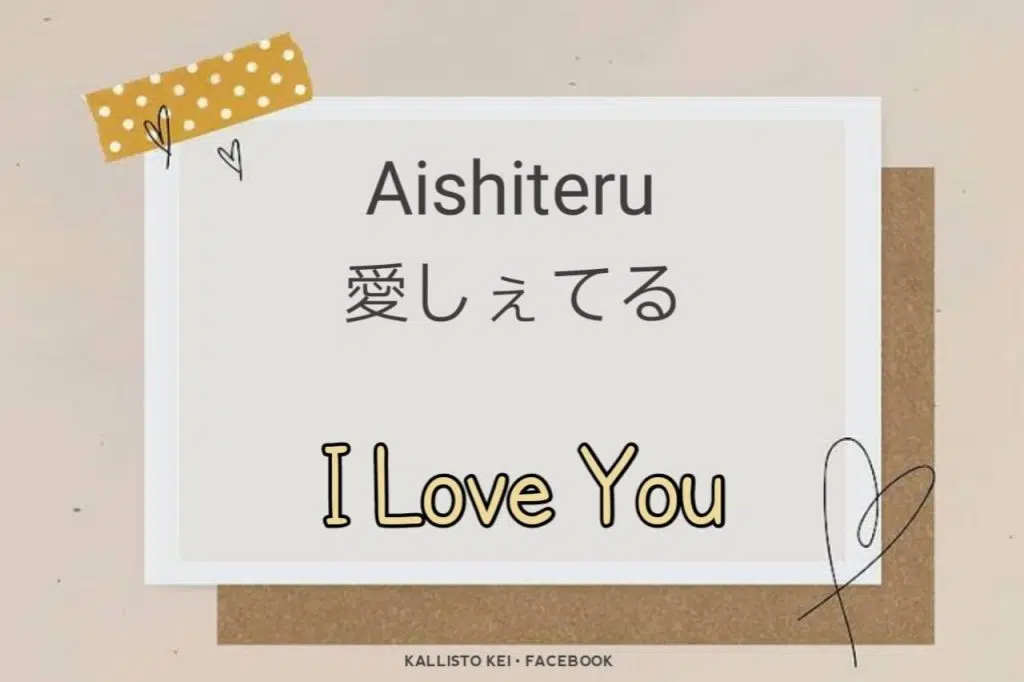
41.
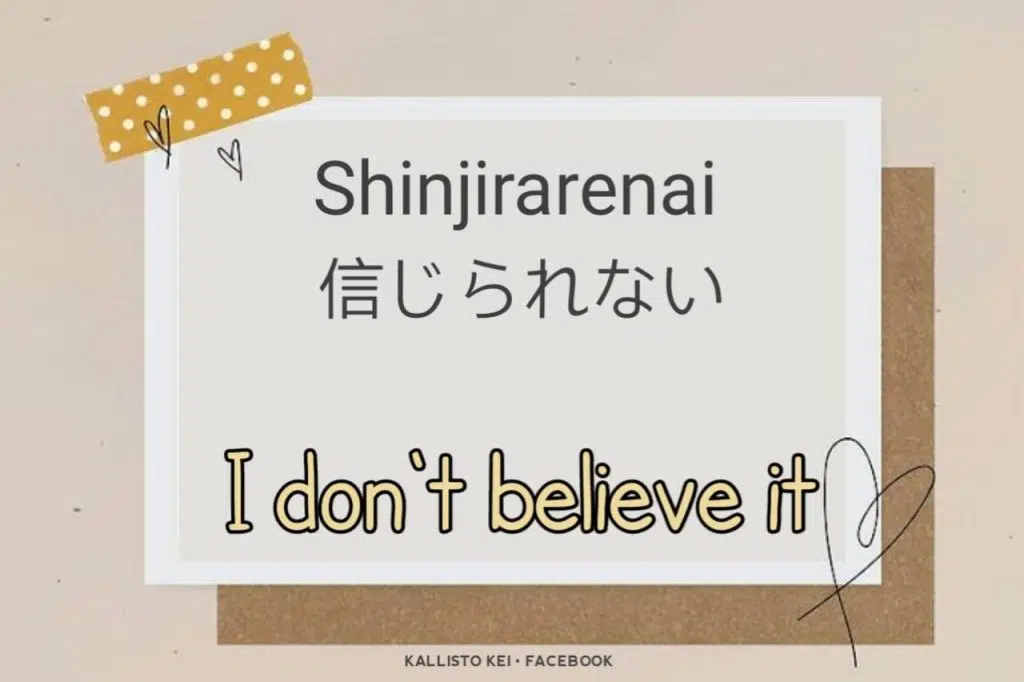
42.
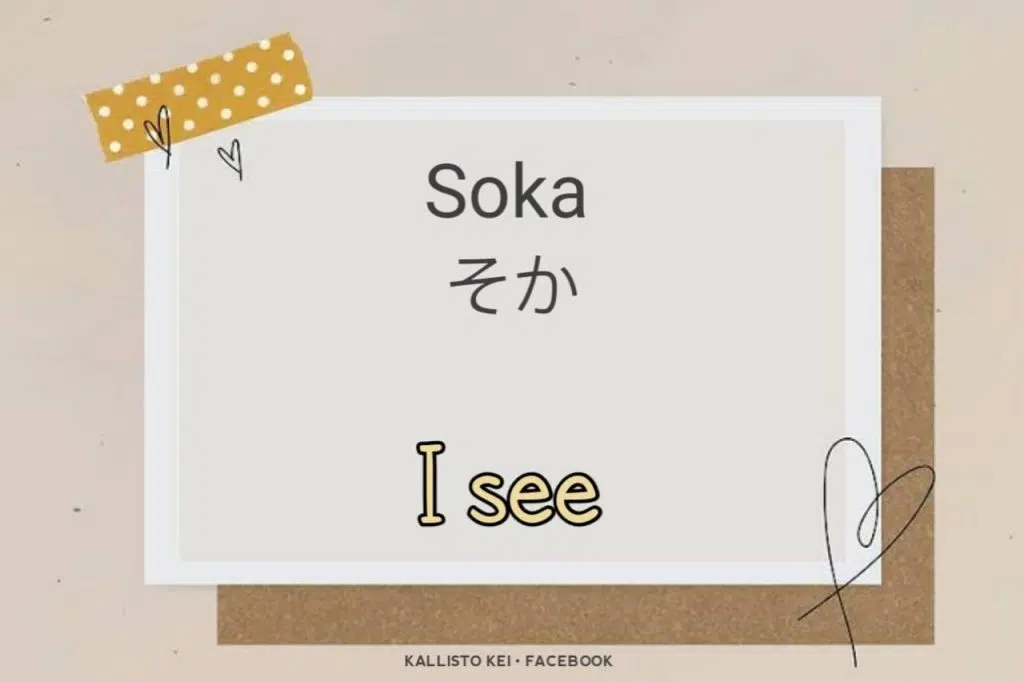
43.
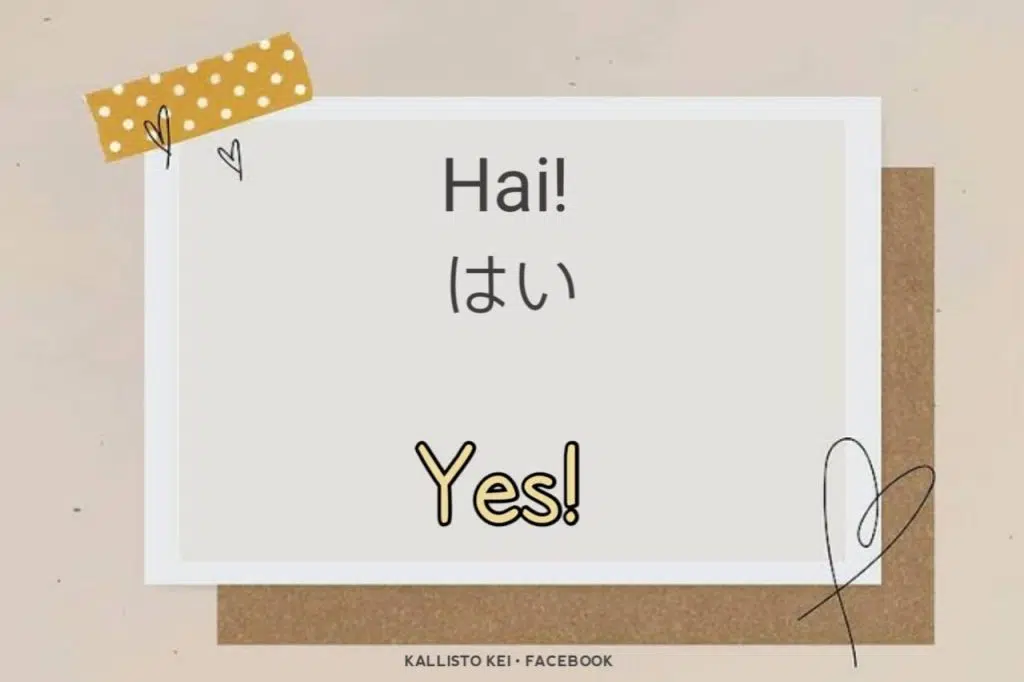
44.
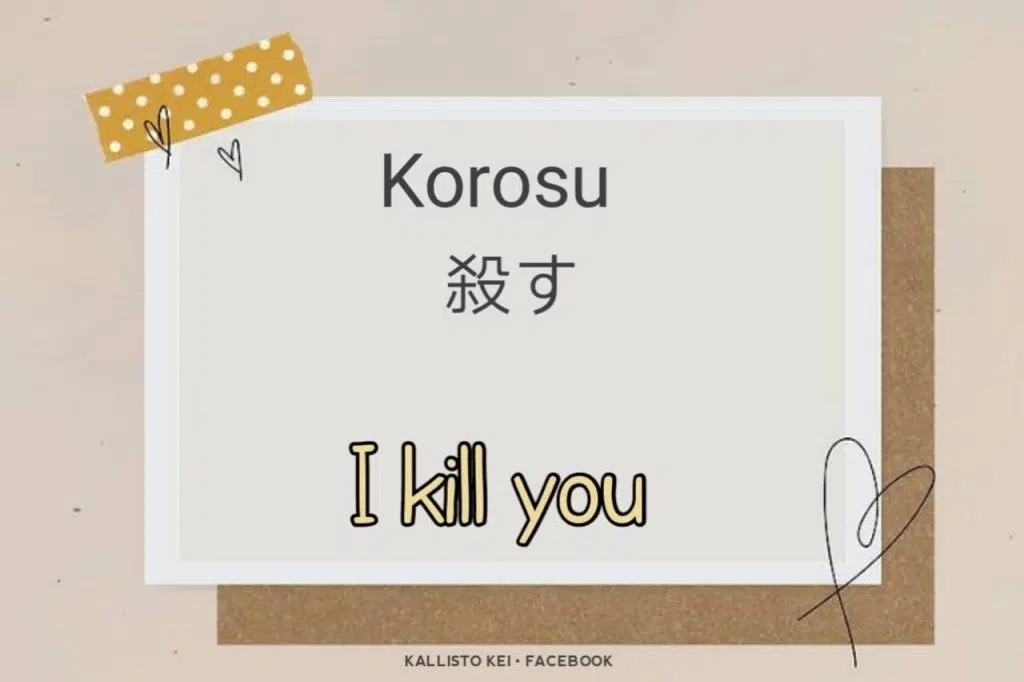
45.
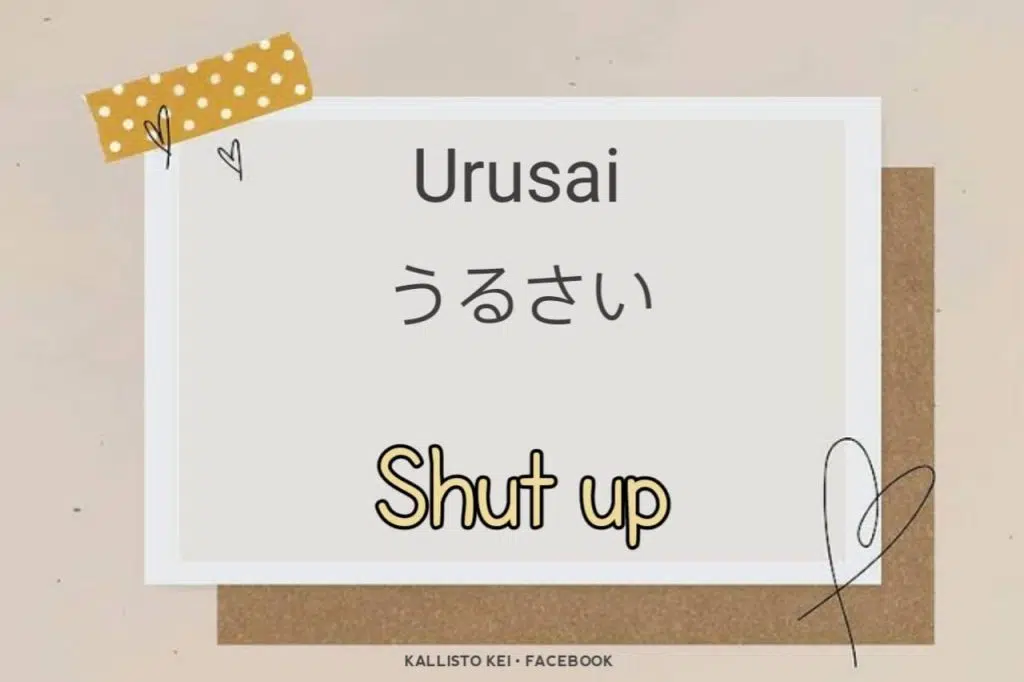
46.
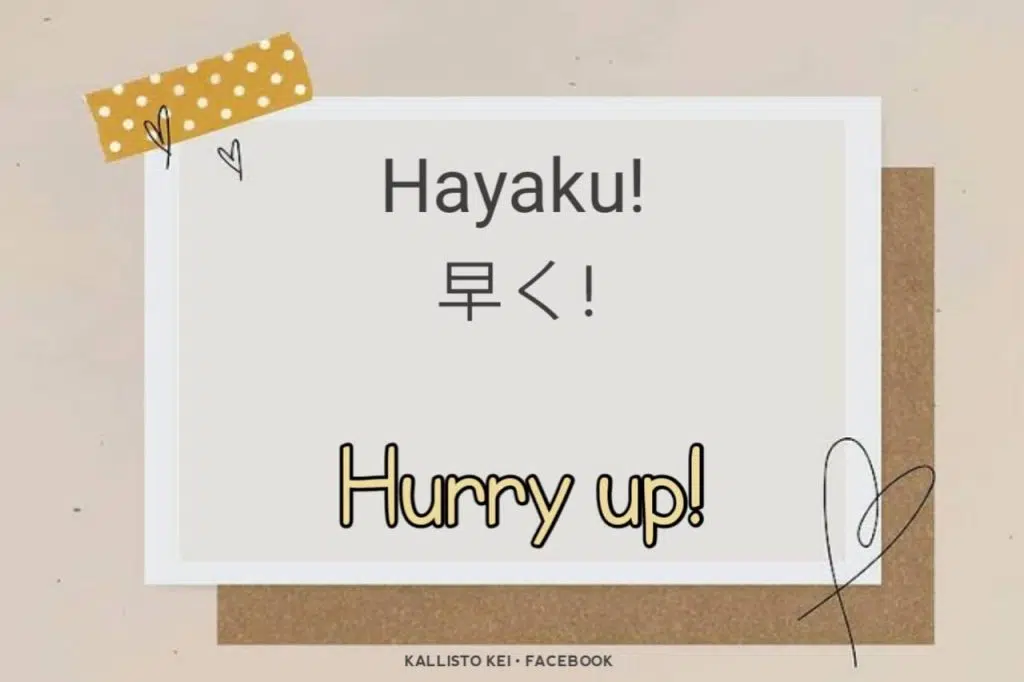
47.
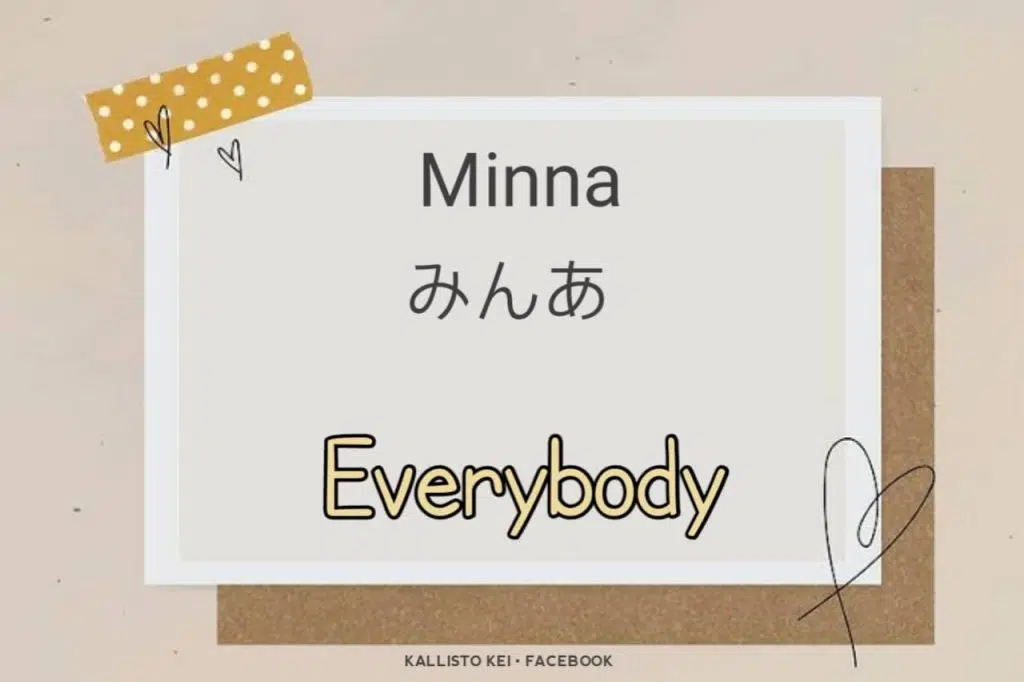
48.
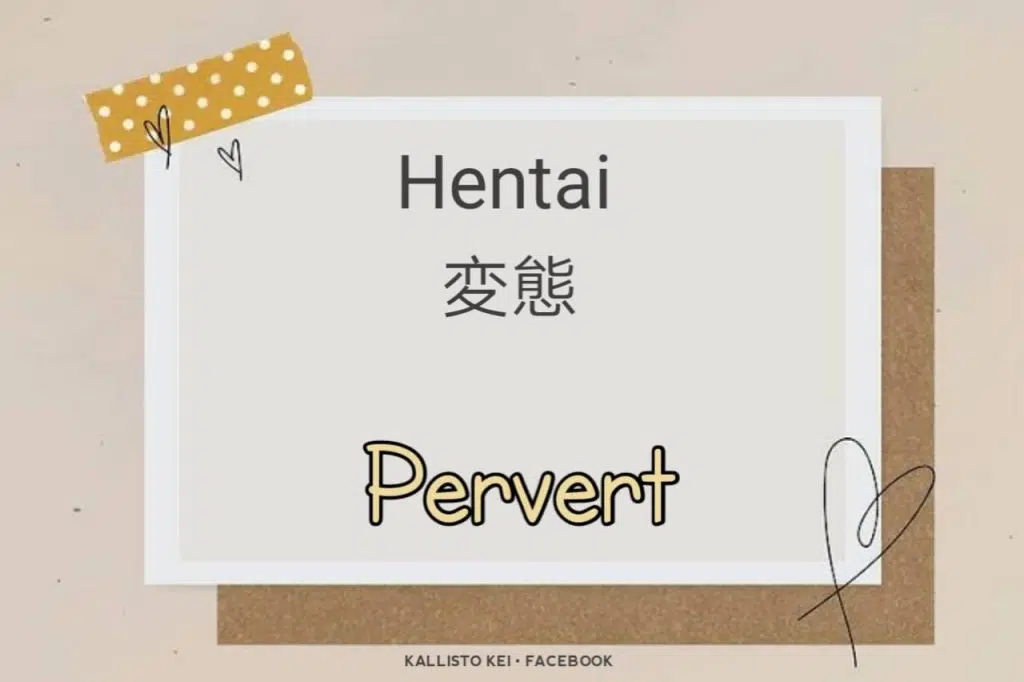
49.
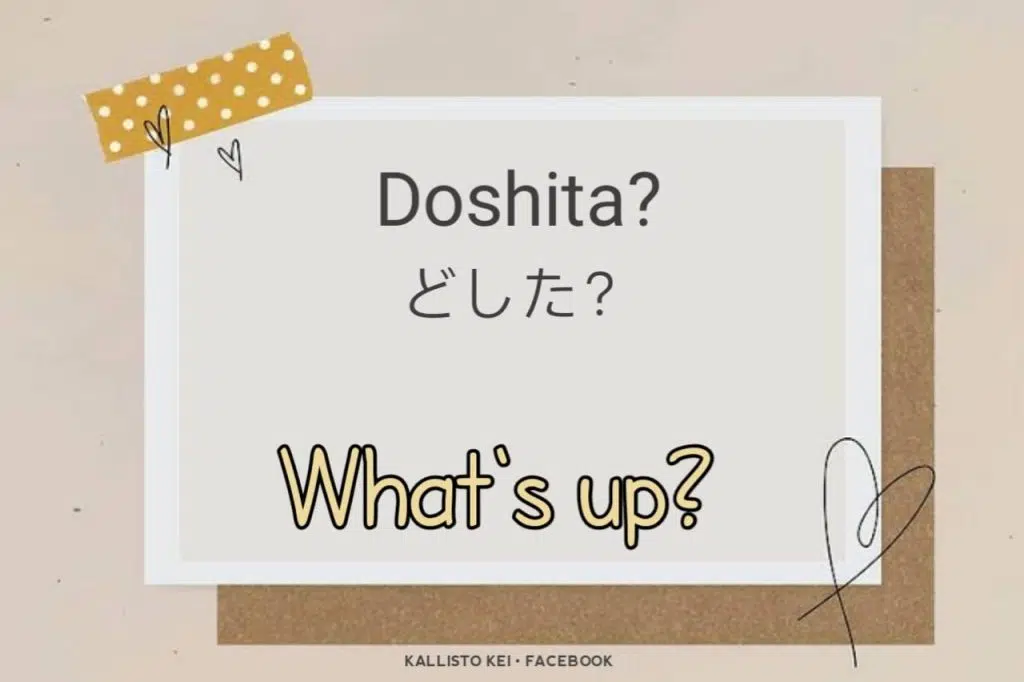
50.
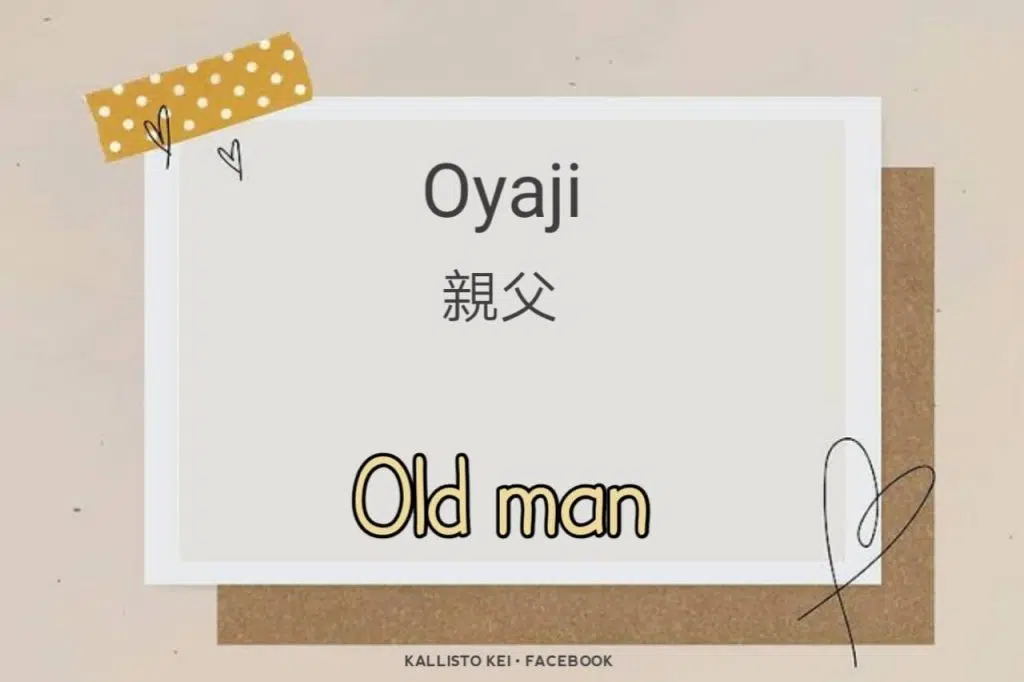
51.
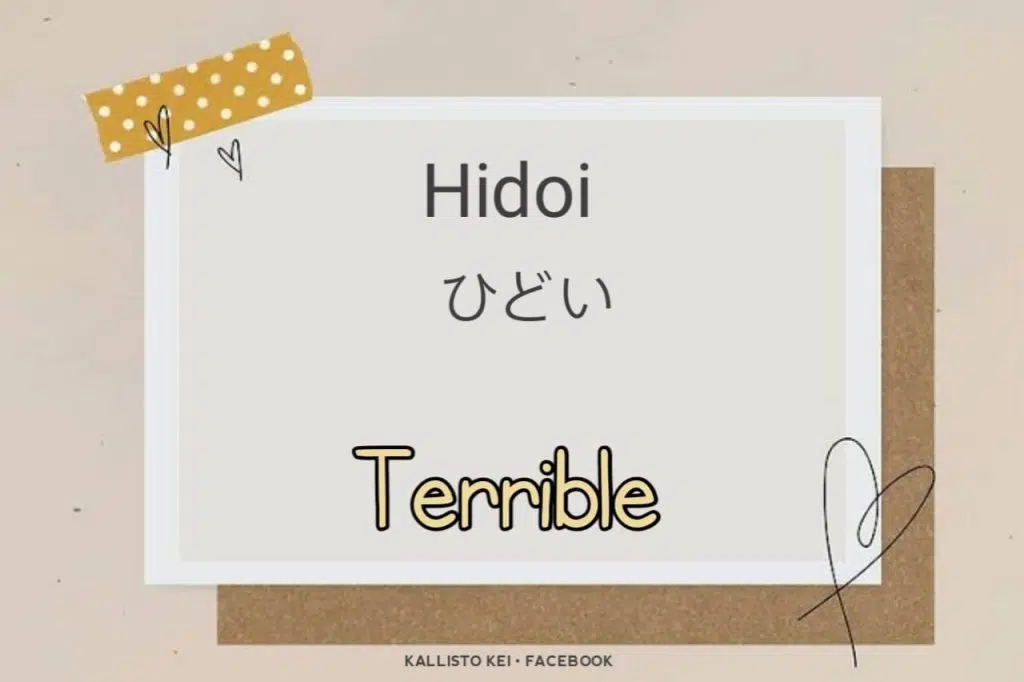
52.
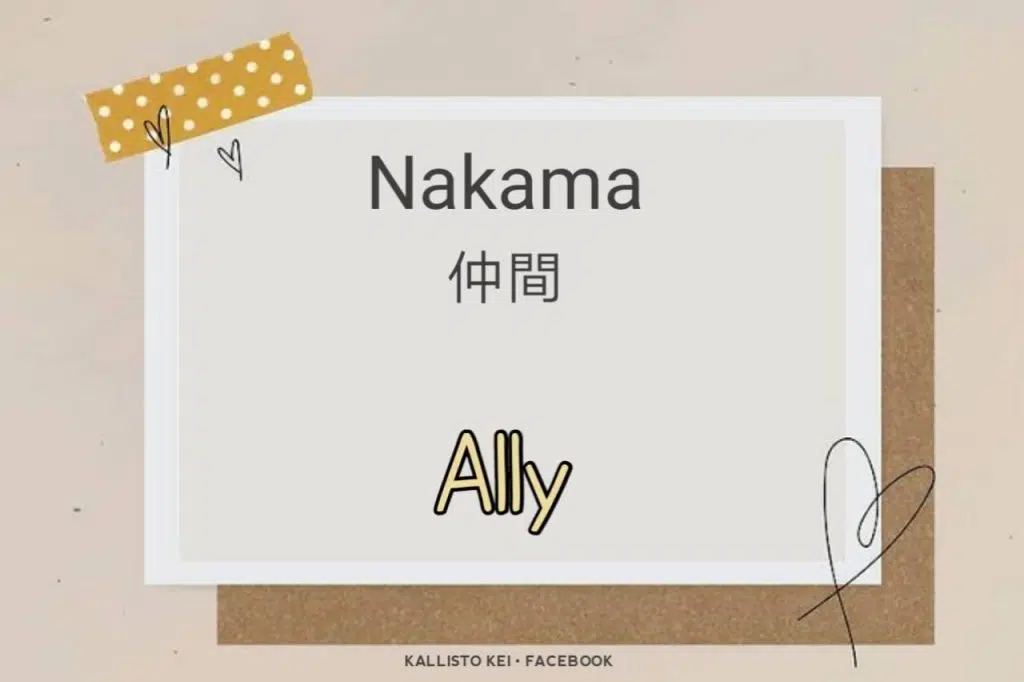
53.
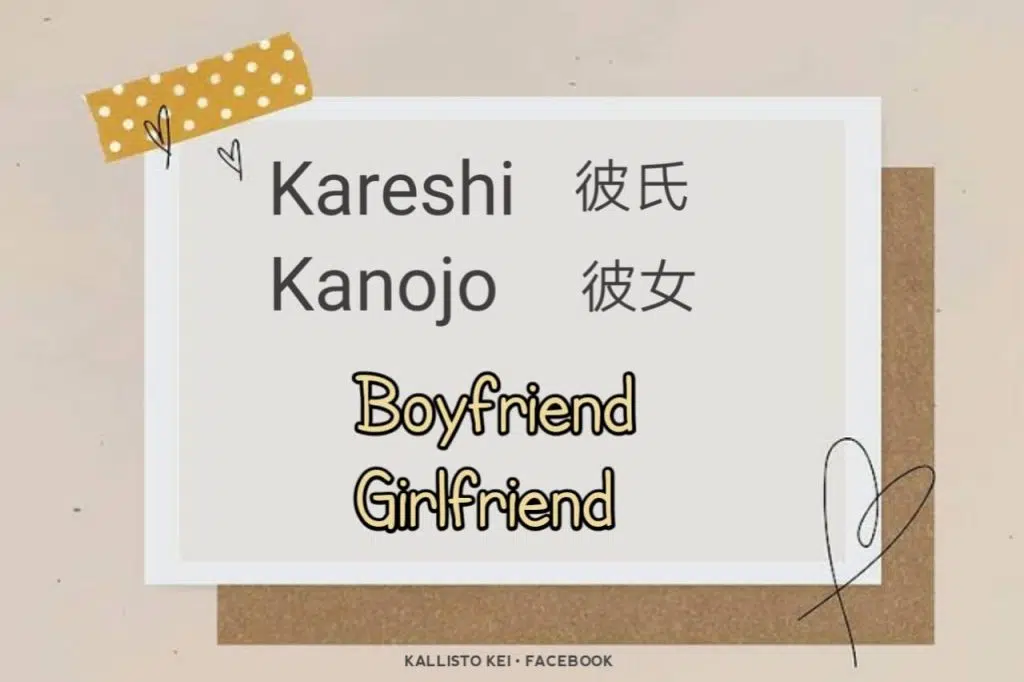
54.
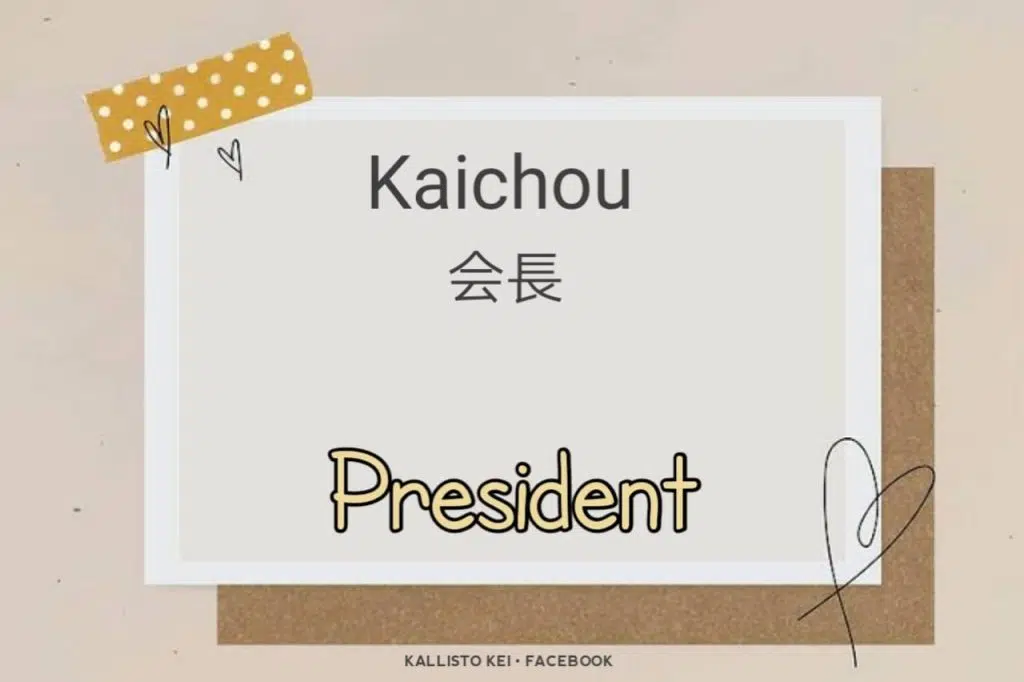
55.
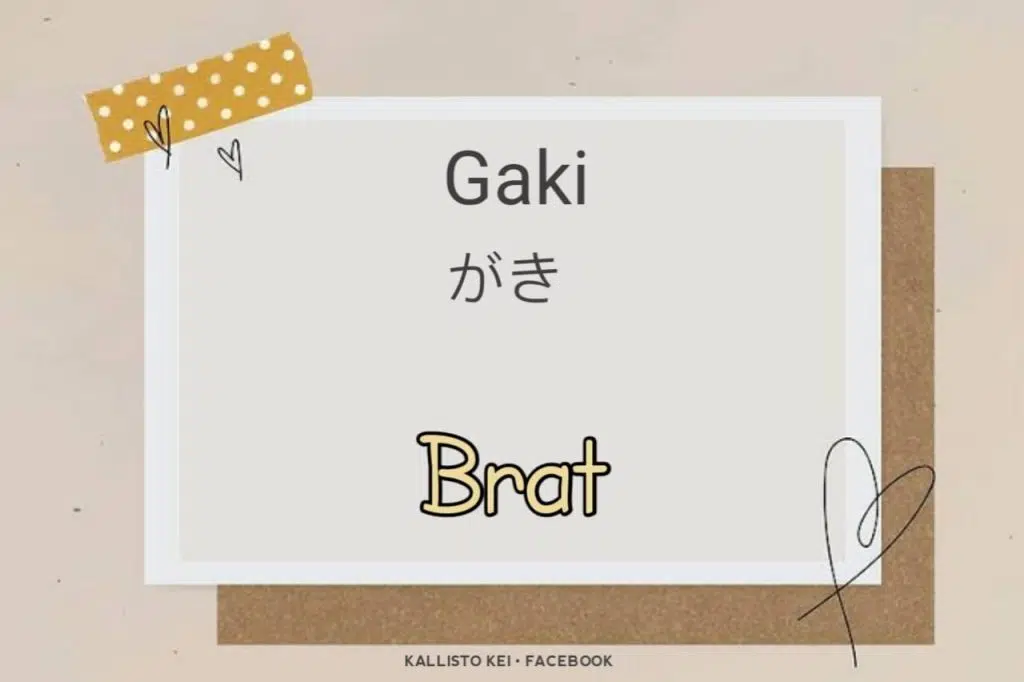
56.
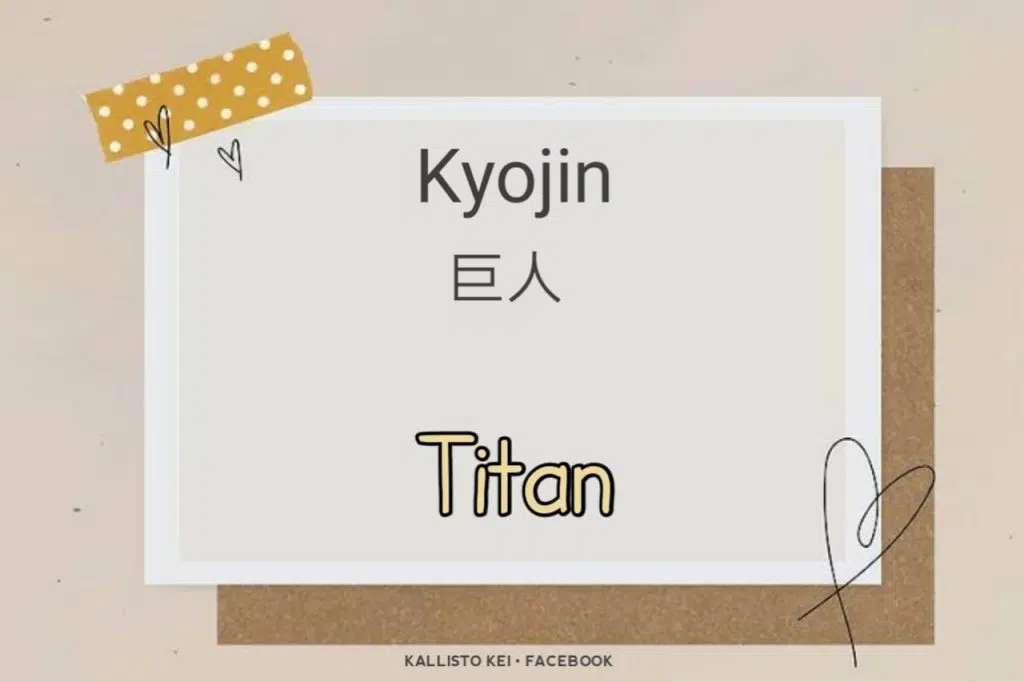
57.
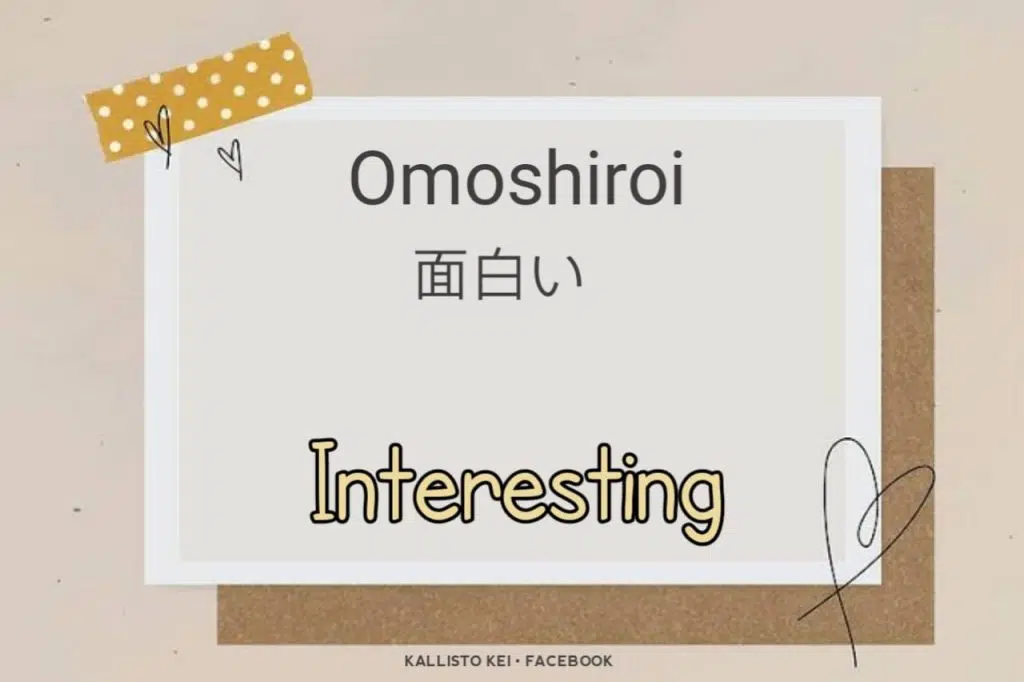
58.
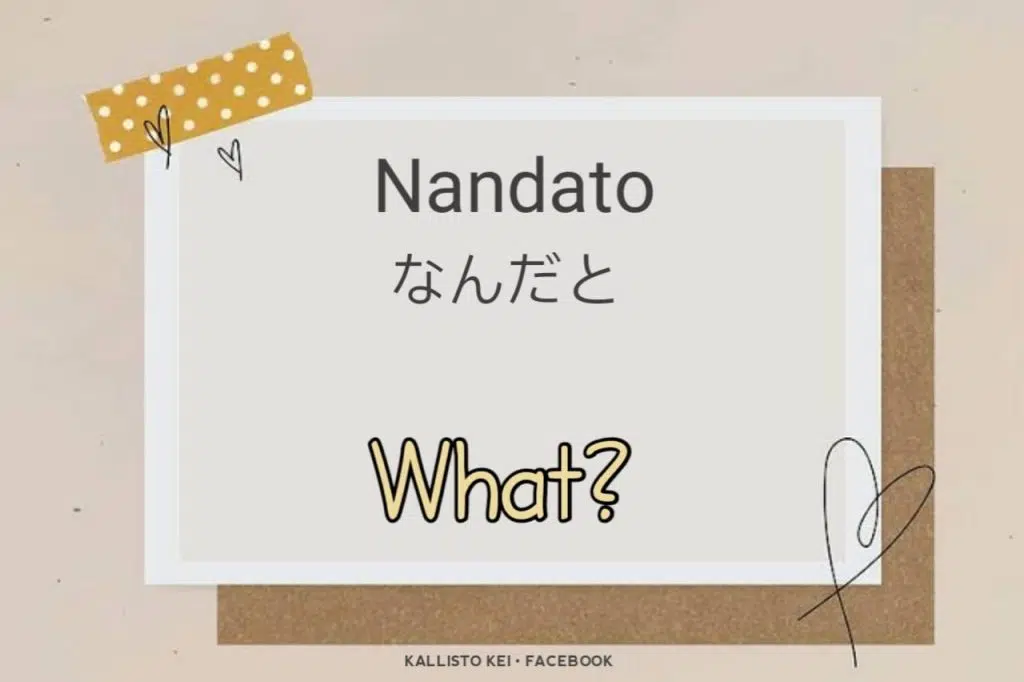
59.
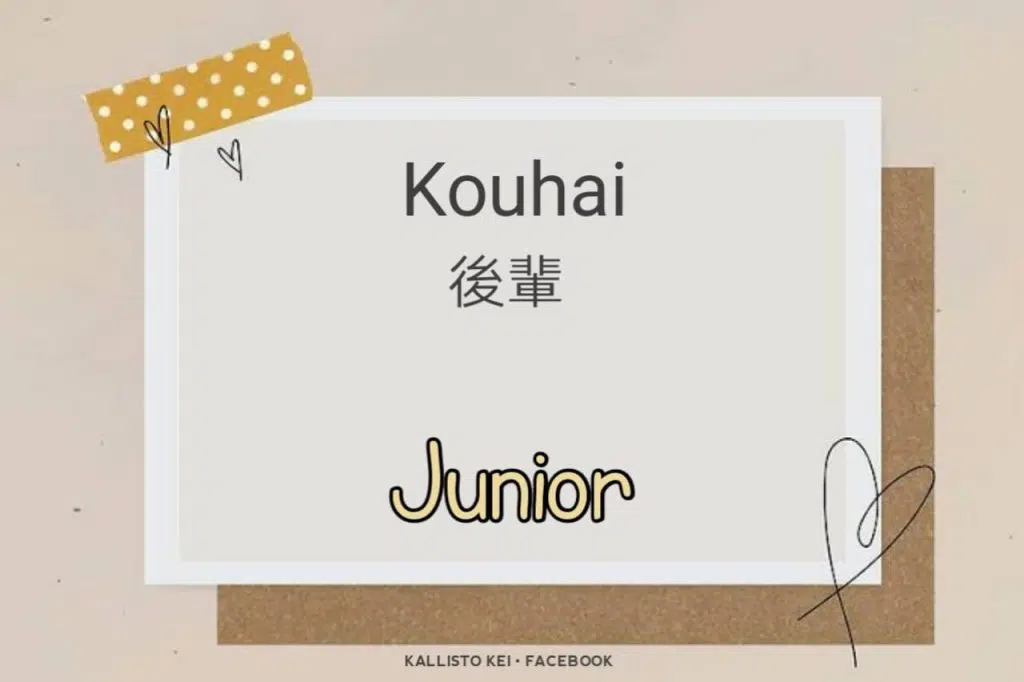
60.
